I Will Never Watch Marvel Movie Ever Again
Growing since 2008, the Marvel Cinematic Universe has established itself as one of the great blockbuster feats of all time – doing more than any franchise ever to establish a big screen continuity unlike anything audiences have ever seen. Mixing both period and contemporary stories, the movies have allowed fans to have a fascinating perspective on the history of the fictional world, with each new release adding a bit more to the larger picture. Of course, after more than 20 films, things have gotten pretty damn complex as far as the timeline goes – with more upcoming Marvel movies always in the works – and watching the adventures in order is not a totally straight-forward process. For those of you who get a bit lost in all of it, we've specially designed this feature.
There are basically two ways to enjoy the timeline of the Marvel Cinematic Universe, and we will take a look at both in this piece. The first approach is to take in all of the stories in the order in which they were released in theaters, a.k.a. Release Order, and the second is to watch all the movies based on Marvel's official MCU timeline, a.k.a. the times they are respectively set or the Chronological order. Read about both below, and you can choose the methodology that best suits you as you dive into the films.
If You've Never Seen The Marvel Movies Before
If the Marvel Cinematic Universe has never been your thing, but you now find yourself curious about the experience, your best bet is to go the Release Order route. After all, it was how the first die hard fans watched the films, and that eventually turned them into die hard fans. This is definitely the best approach to go if you're an MCU novice.
If You've Seen The Marvel Movies Before
The situation is a bit different if you've seen all of the Marvel movies before, as that opens the door to get creative with the rewatch experience. If you've seen all of the films released thus far, but are ready to dive back in again, Chronological Order is a fun way to mix things up and gain a new perspective. The franchise on the whole has been very good about maintaining continuity, so you may discover certain threads that weren't obvious to you before.

Marvel Movies In Order: Release Date
In the establishment of the Marvel Cinematic Universe, Marvel Studios made specific choices regarding what characters they wanted to introduce to audiences and when, and if this is the part of their specific creative process that you personally take into consideration when watching the movies, then Release Order is probably the best choice for you.
- Iron Man (2008)
- The Incredible Hulk (2008)
- Iron Man 2 (2010)
- Thor (2011)
- Captain America: The First Avenger (2011)
- The Avengers (2012)
- Iron Man 3 (2013)
- Thor: The Dark World (2013)
- Captain America: The Winter Soldier (2014)
- Guardians Of The Galaxy (2014)
- Avengers: Age Of Ultron (2015)
- Ant-Man (2015)
- Captain America: Civil War (2016)
- Doctor Strange (2016)
- Guardians Of The Galaxy Vol. 2 (2017)
- Spider-Man: Homecoming (2017)
- Thor: Ragnarok (2017)
- Black Panther (2018)
- Avengers: Infinity War (2018)
- Ant-Man And The Wasp (2018)
- Captain Marvel (2019)
- Avengers: Endgame (2019)
- Spider-Man: Far From Home (2019)
- WandaVision (2021)
- The Falcon And The Winter Soldier (2021)
- Loki (2021)
- Black Widow (2021)
- What If (2021)
- Shang-Chi And The Legend Of The Ten Rings (2021)
- Eternals (2021)
- Spider-Man: Far From Home (2021)
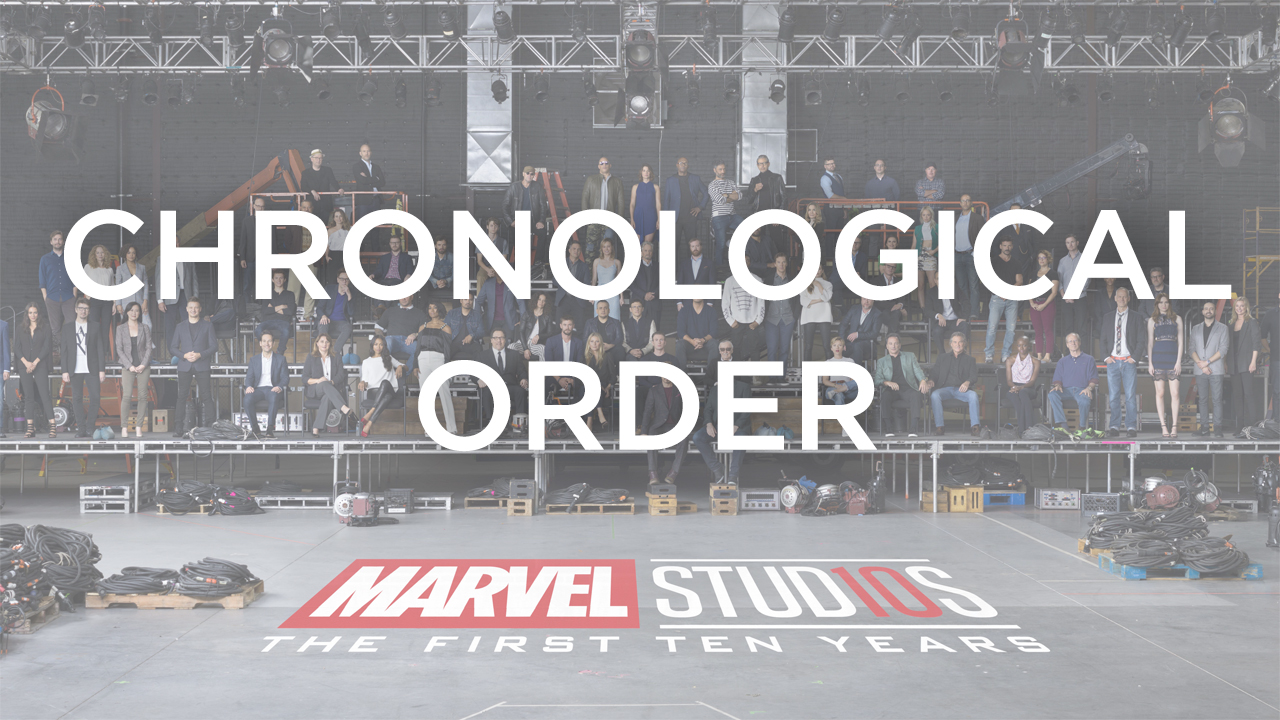
Marvel Movies In Order: Chronologically
While watching the Marvel Studios releases in the order they came out makes plenty of sense, it should be noted that doing so results in viewers bouncing all around the franchise timeline with very little rhyme or reason from a larger narrative perspective. In contrast, there is a way to watch the movies linearly – you just have to know the proper order. Fortunately, we have you covered, and can guide you through the process of watching the Marvel Cinematic Universe chronologically.
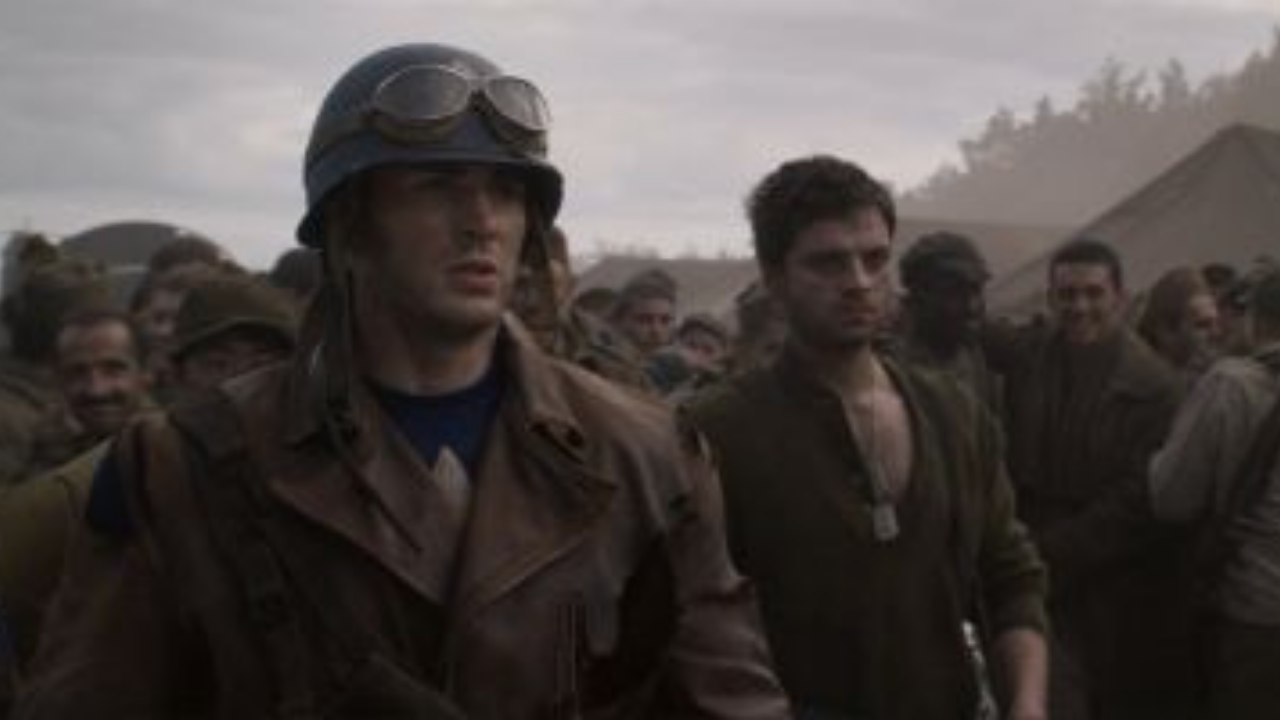
Captain America: The First Avenger (Set in the 1940s)
Technically the furthest back in time we've seen in the canon are the flashback sequences at the start of Thor: The Dark World (2988 B.C.) and Thor (965 A.D.), but the full story set furthest into the past is Captain America: The First Avenger – an adventure that entirely takes place towards the end of World War II. Spanning about two years (1943-1945), the story takes us from the transformation of Steve Rogers into Captain America, to his bold sacrificial move in the Arctic Circle that led him to being frozen in ice for decades. It's in this film that we are introduced to not only the incredibly important titular hero, but also key supporting characters like James Buchanan "Bucky" Barnes, Peggy Carter, Howard Stark, Johann Schmidt a.k.a. Red Skull, and Arnim Zola, all of whom have key roles to play in later movies. It's also the first of many stories to involve the Tesseract a.k.a. The Space Stone.
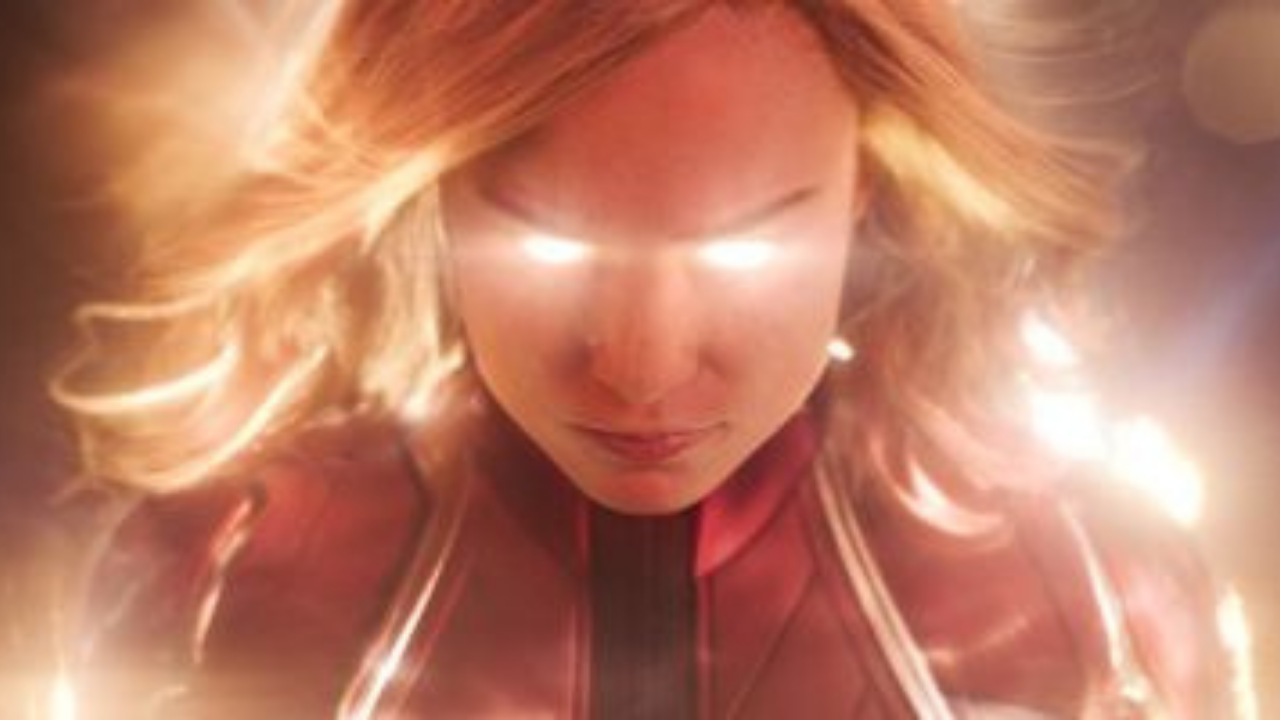
Captain Marvel (Set in the 1990s)
There are flashbacks in Ant-Man, Ant-Man And The Wasp, Captain America: Civil War, and Black Panther that give audiences a peek into events that occurred after World War II in the MCU timeline, but the truth is that most of the 20th century remains open for exploration in future movies. The one part of the period that is an exception to this, however, is the mid-1990s, which is when the events of Captain Marvel take place (specifically 1995). Naturally, this is where audiences get to meet Carol Danvers for the first time, and it's also the introduction of the shape-shifting Skrull Talos, but from a chronological perspective this also marks the debut of Phil Coulson and Nick Fury (in the latter's case, not counting the flash-forward ending of Captain America: The First Avenger or its trailer-esque post-credits scene).
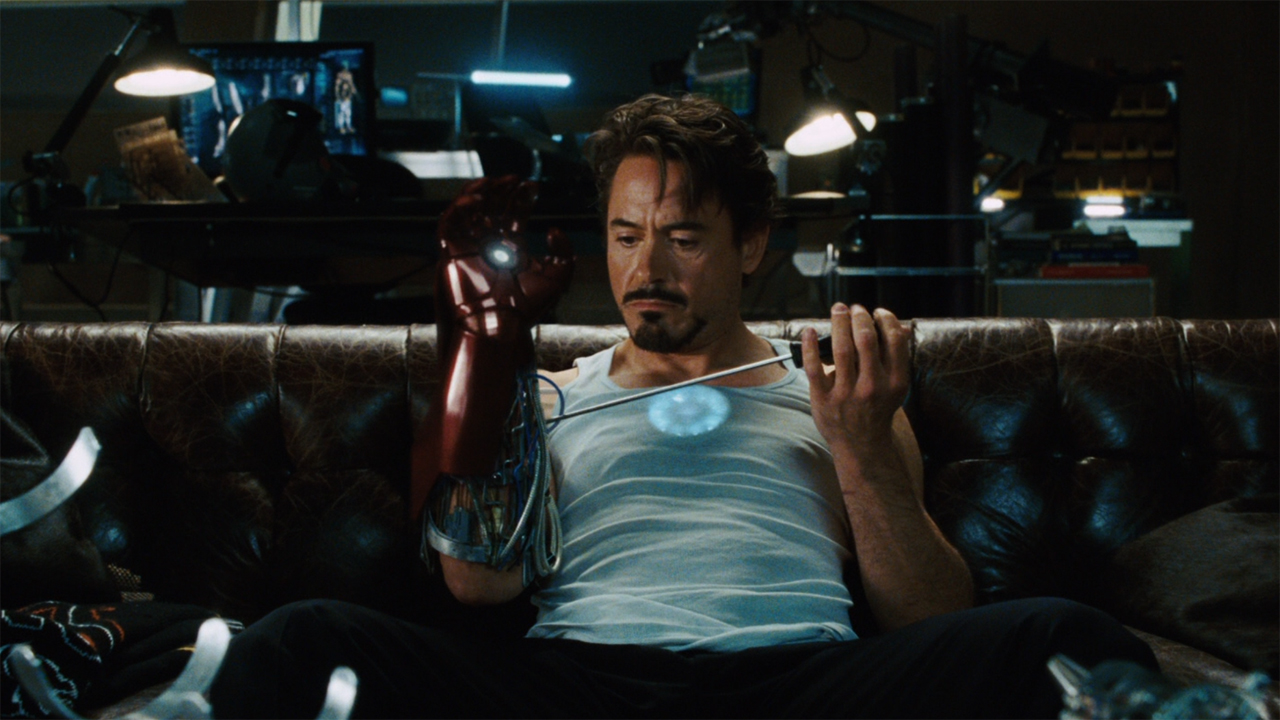
Iron Man (Set in 2010)
The opening scene of Iron Man 3 shows what it was like for the Marvel Cinematic Universe to experience the 2000 New Year's celebration, but the timeline zooms ahead to 2010ish for the next big arc, and that's the movie that started it all: Iron Man. It's in this story that we get to watch Tony Stark transform into an armor-clad superhero, but also get to know James "Rhodey" Rhodes, Pepper Potts, and Happy Hogan. Plus it's an opportunity to check in with Nick Fury and Phil Coulson more than 15 years after Captain Marvel).
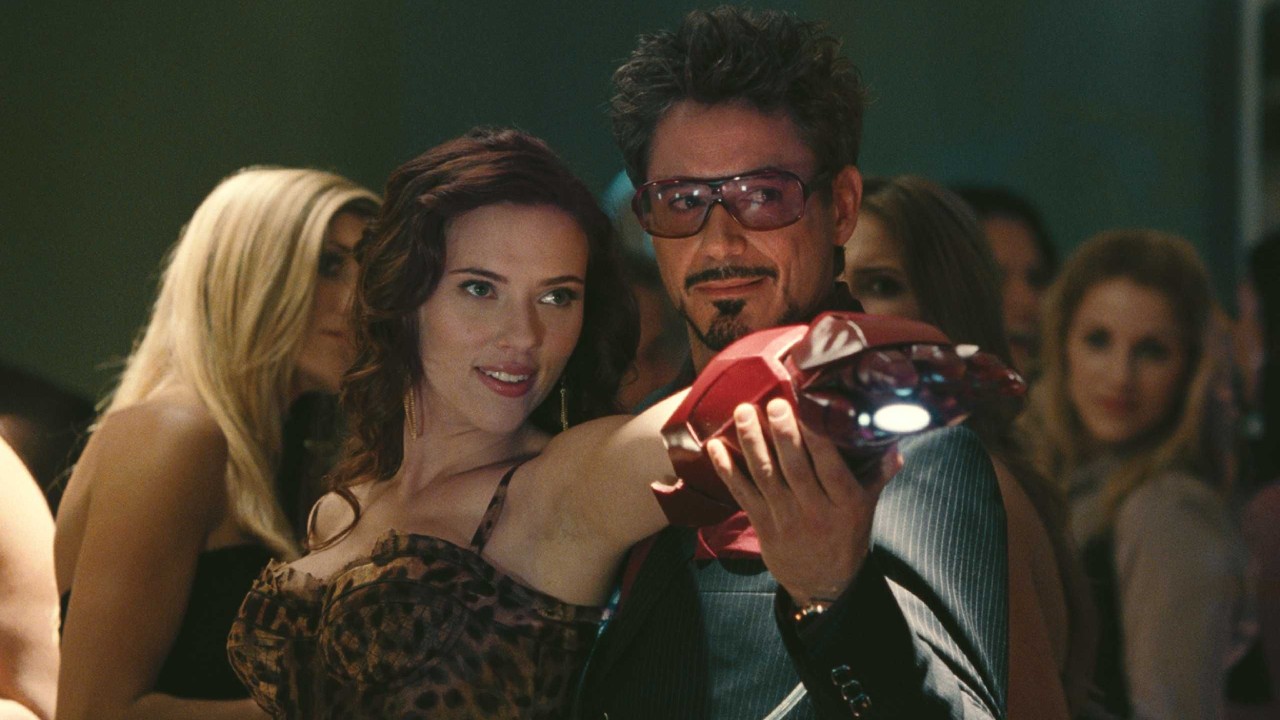
Iron Man 2 (Set in 2010)
The reason why the setting of Iron Man is a couple of years after its release date is because the story directly dovetails with the events of Iron Man 2, which is set in 2010. The film begins with the same scene that ended the previous movie – Tony Stark declaring to the world that he is Iron Man – and gives fans a chance to catch up with James "Rhodey" Rhodes (who becomes War Machine), Pepper Potts, Happy Hogan, Nick Fury, and Phil Coulson. This is the movie that also marks the first appearance of Natasha Romanoff a.k.a. Black Widow, who is operating as an undercover S.H.I.E.L.D. agent spying on Tony as he struggles with a life-threatening illness, confronts the possibility of his technology being proliferated, and weighs entrance to the Avengers.
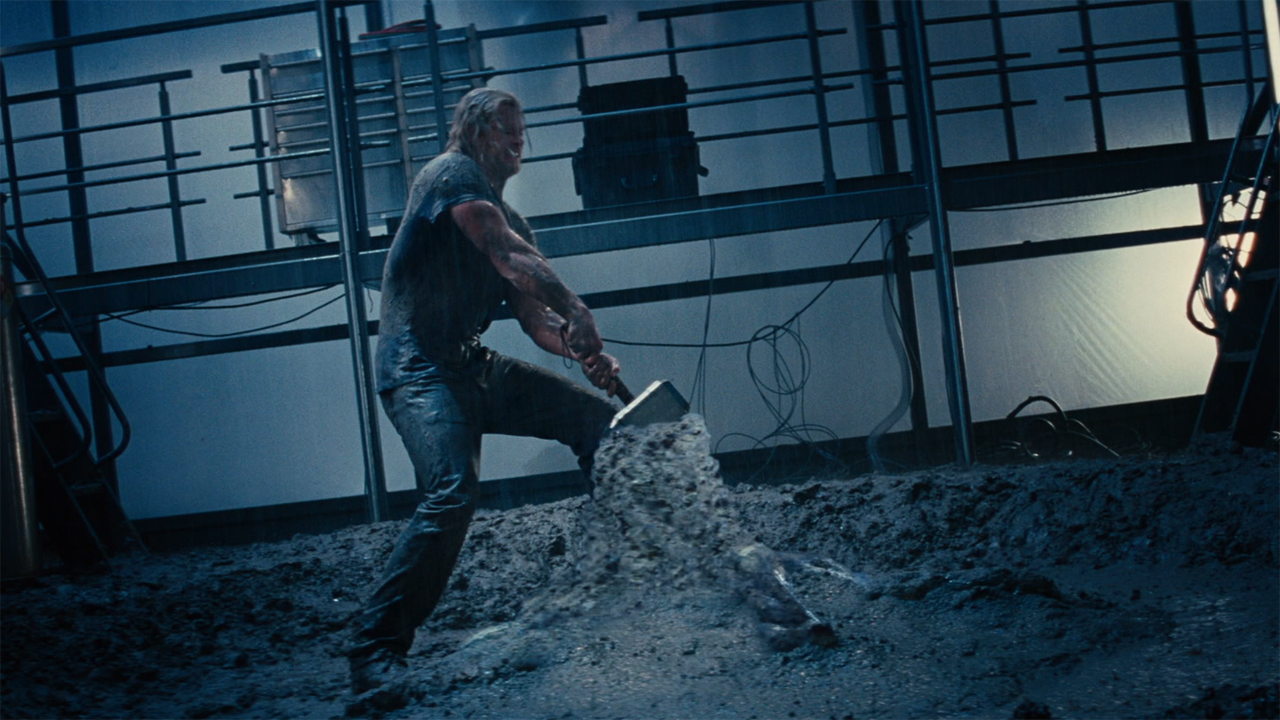
Thor (Set in 2010)
In Iron Man 2 we see Phil Coulson leave his assignment babysitting Tony Stark for a developing situation in New Mexico, and it winds up being revealed that the situation in question is the arrival of Thor on Earth a.k.a. Midgard (which means that it too is set in 2010ish). The first Thor movie is big on introductions, as we get to meet not only key Asgardians like the God of Thunder himself, Loki, Odin, Frigga, Heimdall, Sif, and the Warriors Three, but also notable humans such as Jane Foster, Darcy Lewis, Erik Selvig, S.H.I.E.L.D. agent Jasper Sitwell, and Clint Barton a.k.a. Hawkeye.
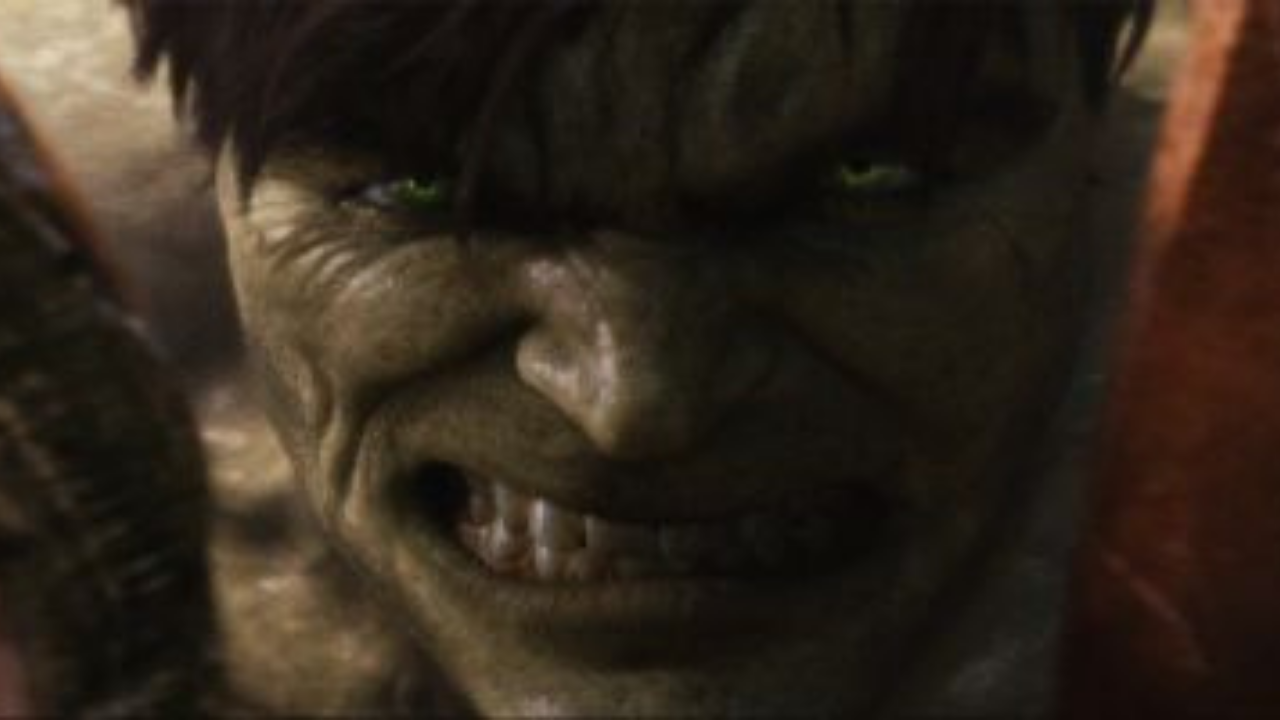
The Incredible Hulk (Set in 2010)
If you are paying attention during the second to last scene in Iron Man 2, you'll notice a familiar broadcast playing on one of the monitors – specifically a news report about a rampage by the Hulk at a college. This is because The Incredible Hulk is yet another story that takes place around 2010. It's not the most significant movie on the MCU timeline, as it only features two characters who go on to be really important (not counting the Tony Stark cameo), but it is noteworthy that those two individuals are Bruce Banner a.k.a. Hulk and future Secretary of State Thaddeus E. "Thunderbolt" Ross, who is on a global hunt for the green monster.
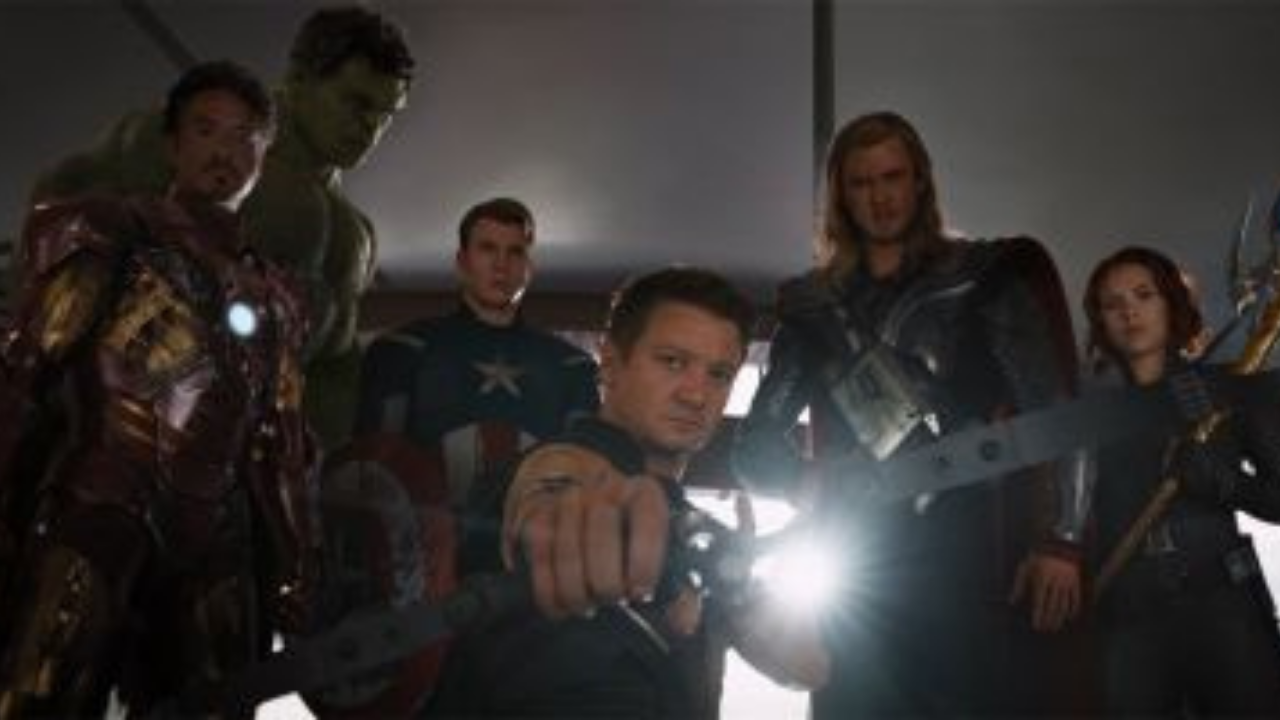
The Avengers (Set in 2012)
Following the Iron Man 2/Thor/Incredible Hulk cluster there is a small gap in the timeline, but things pick back up with The Avengers, which is set in 2012. This particular adventure was obviously notable for bringing Marvel's established ensemble of characters together, with an alien invasion bringing together Iron Man, Captain America, Thor, Hulk, Hawkeye, Black Widow, Nick Fury, Loki, Erik Selvig, Pepper Potts, and Phil Coulson in the same story, but the movie also marks the arrival of both Maria Hill and Thanos to the live-action canon.
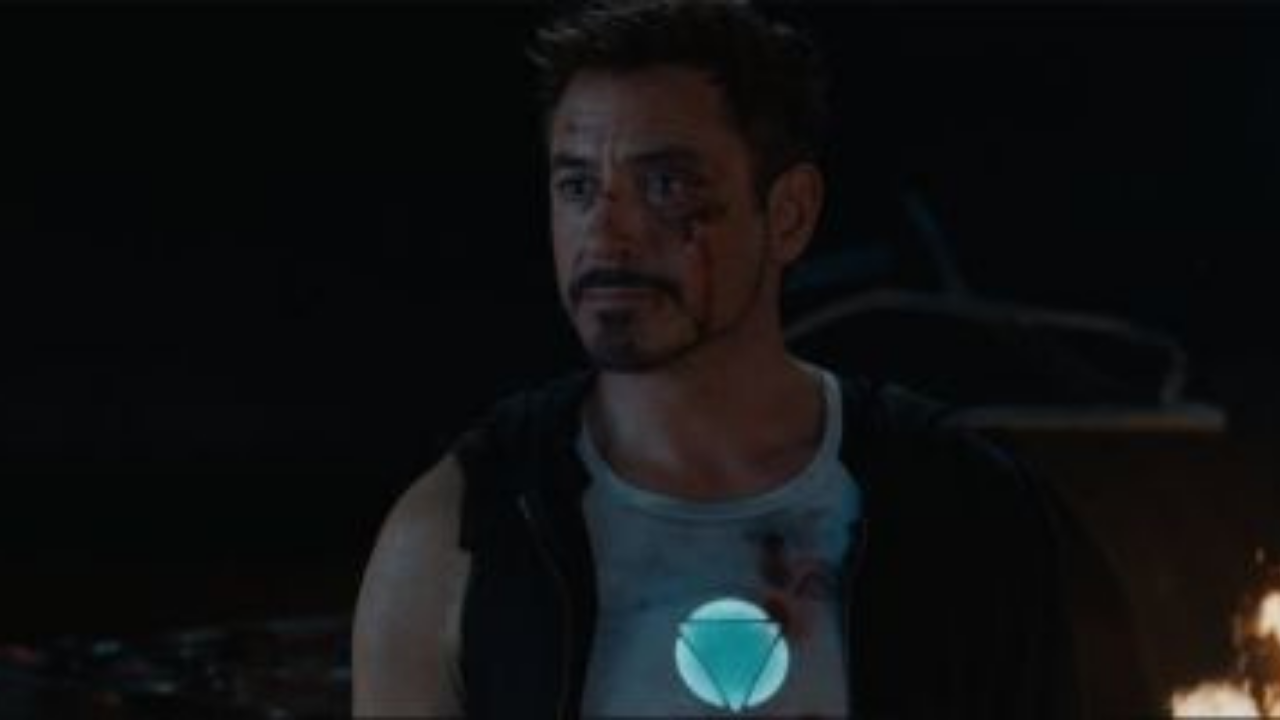
Iron Man 3 (Set in 2012)
Immediately post-Avengers both the chronological and release date timelines sync up for the most part. Iron Man 3 was the first movie to come out after the 2012 blockbuster, and it's also the first story in-universe to follow it – taking place around Christmas of that year. Given that it is a more introspective story, with Tony Stark gaining a larger understanding of what it means to be Iron Man, the only important new character we meet is The Mandarin… who turns out to be a fake anyway. That being said, the film does also bring James "Rhodey" Rhodes, Pepper Potts, Happy Hogan and Howard Stark (albeit in video form) back into the action.
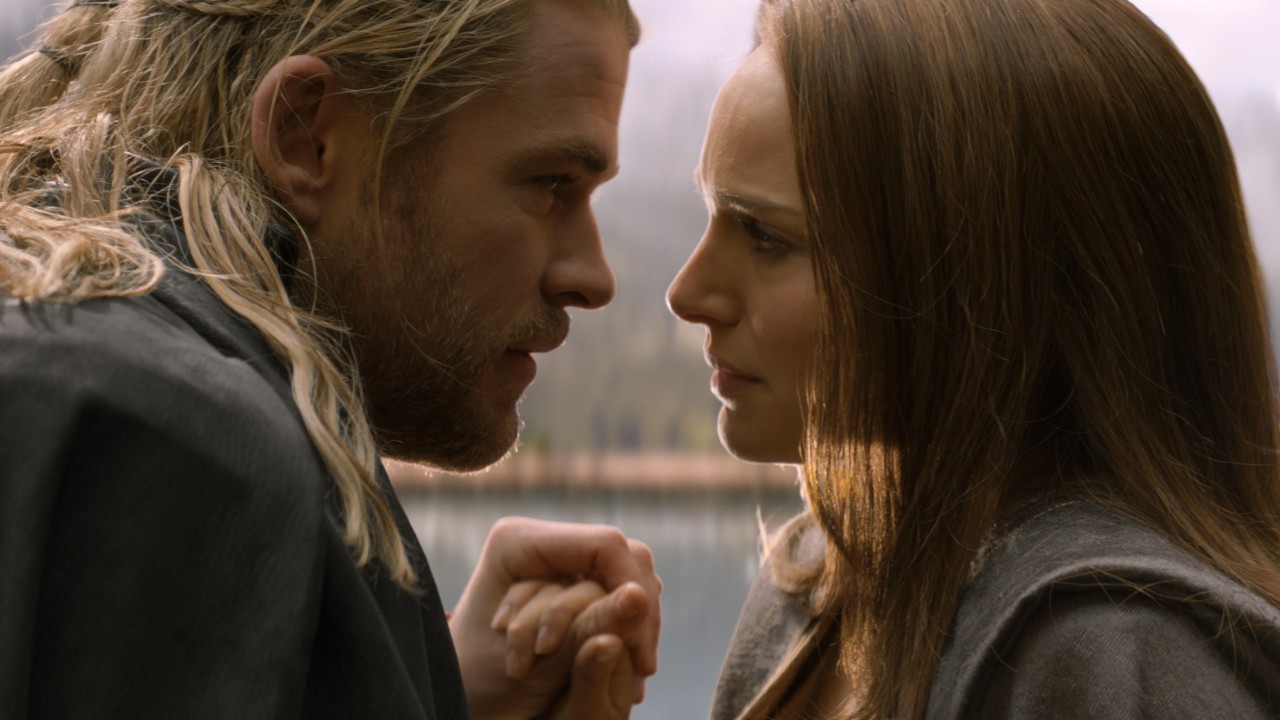
Thor: The Dark World (Set in 2013)
Thor: The Dark World is set during an unspecified season of 2013, and while it doesn't expand the Marvel Cinematic Universe at all with new characters, it does update audiences on what has been happening with almost the entire ensemble that was featured in the first movie, including Thor, Loki, Jane Foster, Odin, Frigga, Heimdall, Sif, the Warriors Three, Darcy Lewis, and Erik Selvig. Plus it has an adventure that centers around one of the most significant elements in the canon: the Reality Stone.
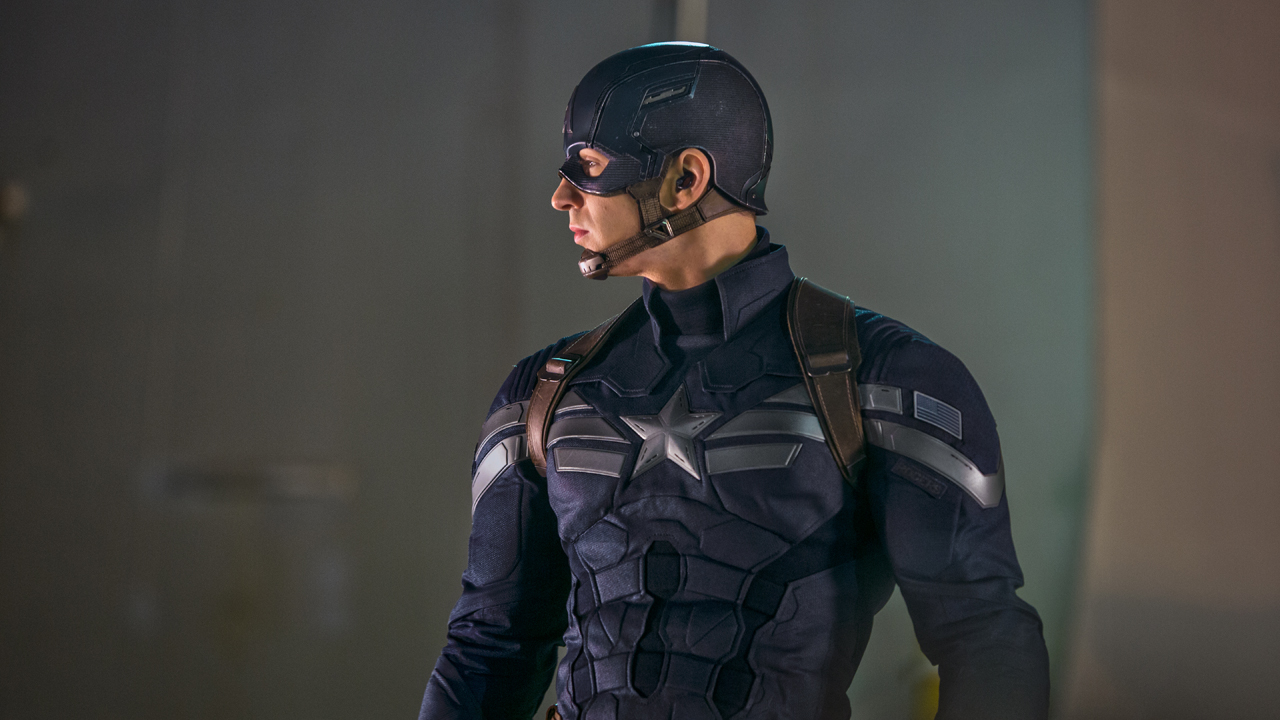
Captain America: The Winter Soldier (Set in 2014)
It's in the calendar year of 2014 that the events of Captain America: The Winter Soldier play out, as audiences primarily catch up with Captain America and Black Widow as they sniff out a conspiracy within the goings-on at S.H.I.E.L.D. The blockbuster notably also brings back Bucky Barnes (now the Winter Soldier), Nick Fury, Maria Hill, Jasper Sitwell, Peggy Carter (now in her 90s), and Arnim Zola (now a computer), but also has fans get to know Sam Wilson a.k.a. Falcon, Sharon Carter a.k.a. Agent 13, S.H.I.E.L.D. Secretary Alexander Pierce, and strike team operative Brock Rumlow a.k.a. Crossbones.
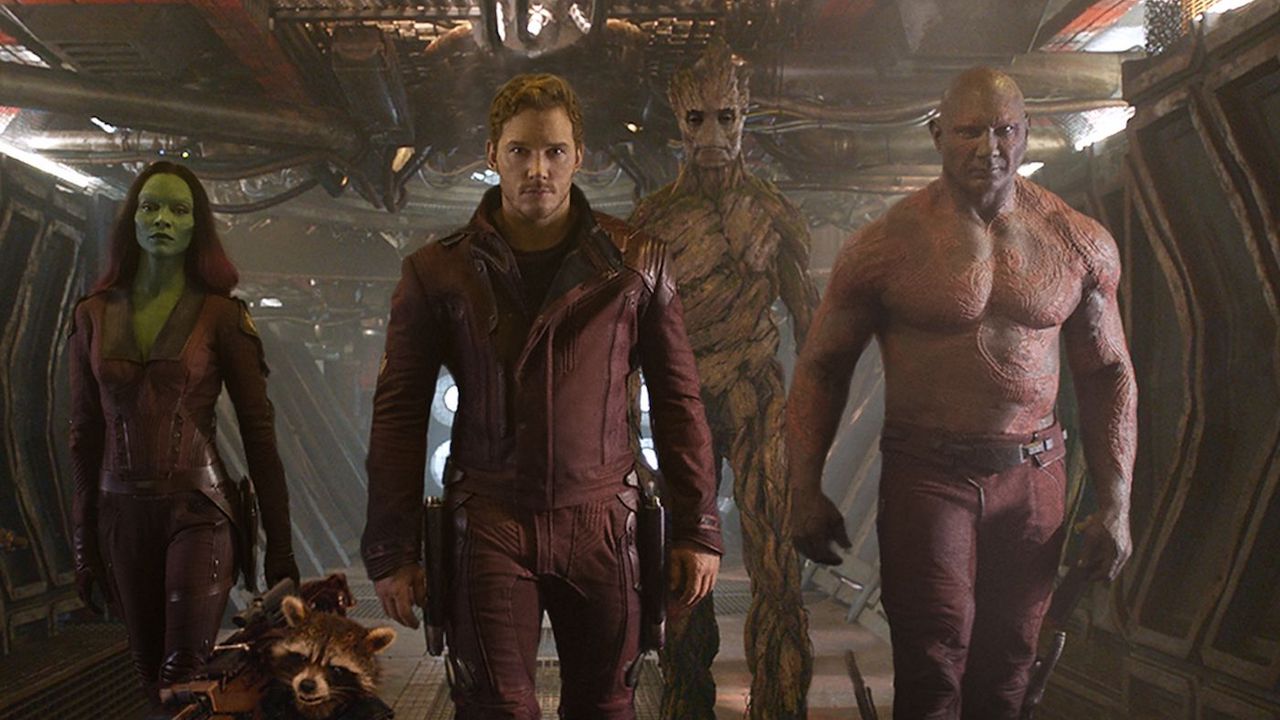
Guardians Of The Galaxy (Set in 2014)
Thanks to particular title cards in the beginning of the movie, we know for a fact that Guardians of the Galaxy takes place in the year 2014, though the narrative that unfolds in the movie couldn't be set further away from the main action in the Marvel Cinematic Universe. This is, of course, the story that brought the likes of Peter Quill a.k.a. Star-Lord, Gamora, Drax, Rocket, Groot, Nebula, Yondu, and Kraglin into the live-action canon, while also seeing Thanos conspire with Ronan The Accuser to find The Power Stone.
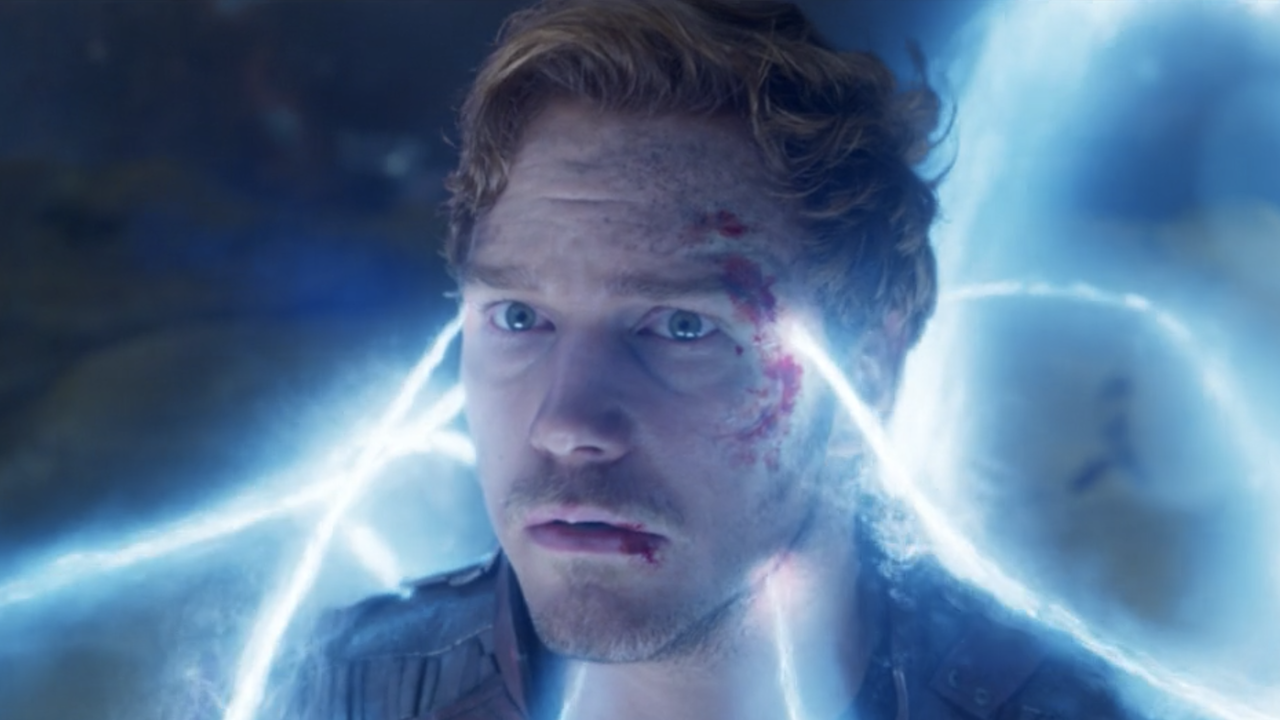
Guardians Of The Galaxy Vol. 2 (Set in 2014)
Because of the release schedule, most Marvel Cinematic Universe sequels are set at least a couple years after their predecessor, but that's not the case with Guardians of the Galaxy Vol. 2, which is set just a few months after the first movie – letting it come directly after it in chronological order. This adventure is very different than the last, centering on the titular group as they meet a being who claims to be Peter Quill's father, and a great new addition is made to the team with the arrival of Mantis.
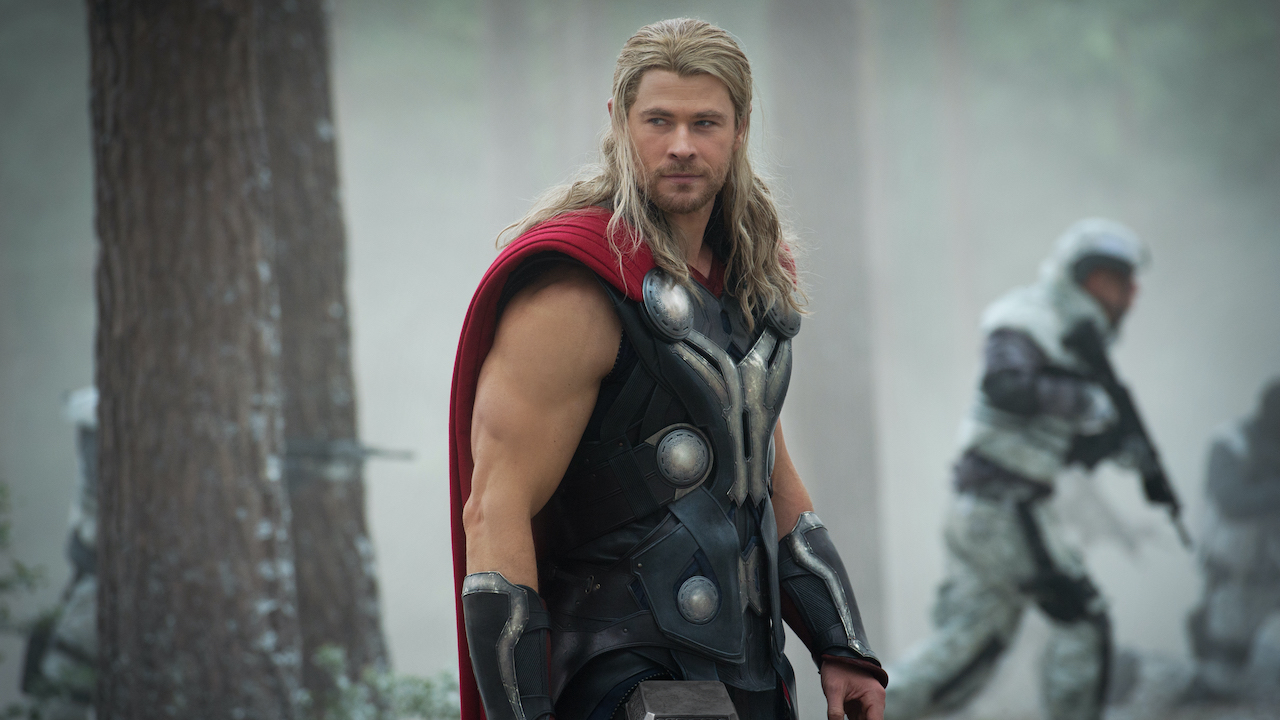
Avengers: Age Of Ultron (Set in 2015)
Back on Earth in the year 2015, the Avengers reunited for a world-threatening crisis of their very own making – namely Tony Stark's creation of the deadly artificial intelligence known as Ultron. Avengers: Age Of Ultron not only brings back together Iron Man, Captain America, Thor, Hulk, Hawkeye, Black Widow, Falcon, War Machine, Nick Fury, and Erik Selvig for the first time since 2012, but also has a huge impact on the future of the franchise. This is the movie that initially put Scarlet Witch in action (not counting her Captain America: The Winter Soldier post-credits cameo), features the creation of Vision, has a role for Ulysses Klaue, and also involves two Infinity Stones: the Mind Stone and the Space Stone.
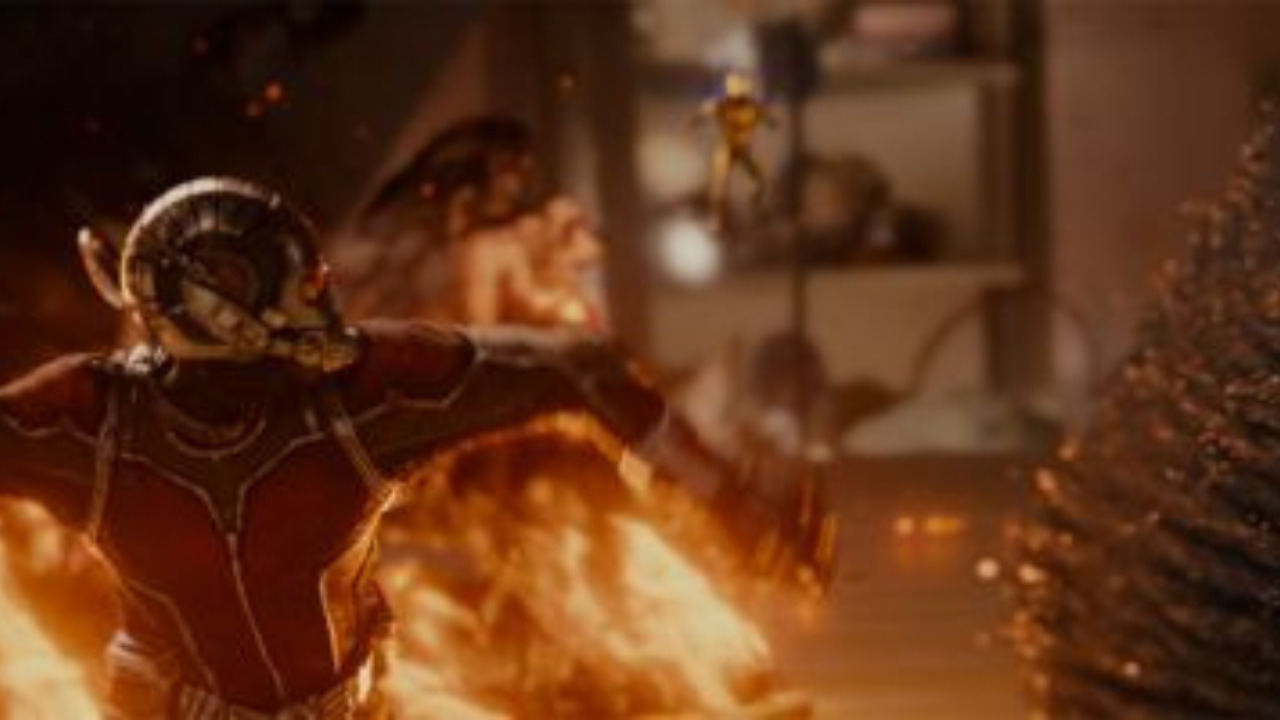
Ant-Man (Set in 2015)
Thanks to a particular line about the Avengers dropping cities out of the sky, we know that Ant-Man is set after the events of Avengers: Age Of Ultron, and as a result it's pretty easy to pin it to its release year: 2015. It's an important chapter for the MCU, as while the story about the heist of top secret technology doesn't have much of an impact on the larger continuity of the franchise, it is the first movie for a lot of recurring characters, including Scott Lang a.k.a. Ant-Man, Hope van Dyne (pre-Wasp), Hank Pym, Luis, Kurt, Dave, Paxton, and Cassie and Maggie Lang. It also has cameos from Falcon, Howard Stark, and Peggy Carter.
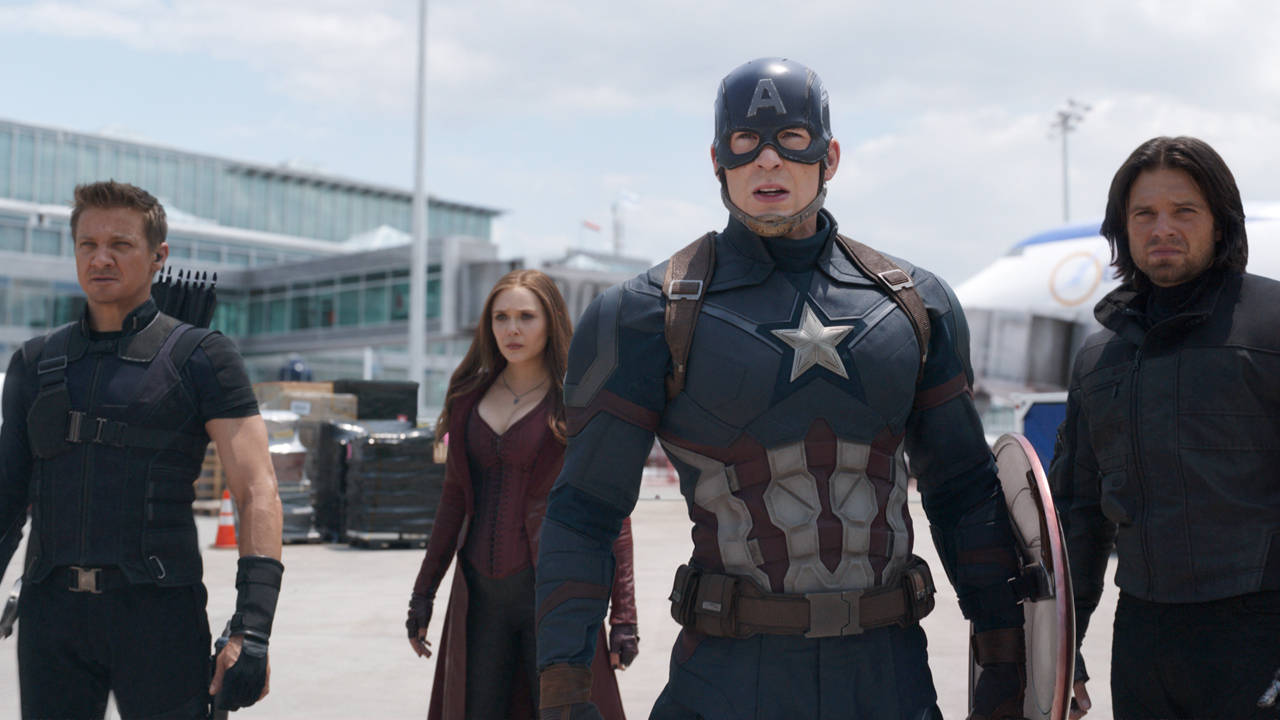
Captain America: Civil War (Set in 2016)
It's in the year 2016 of the Marvel Cinematic Universe that a monumental change begins to take effect in regards to the way in which people of the world view superheroes. Understanding that there's a serious risk in having costumed vigilantes operating without oversight, the Sokovia Accords are ratified globally, and it's an issue that causes a great divide between members of the Avengers. This is obviously one of the most significant stories in the franchise timeline, both bringing together the likes of Iron Man, Captain America, Hawkeye, Black Widow, Scarlet Witch, War Machine, Falcon, Vision, Winter Soldier, Agent 13, Ant-Man, Thaddeus E. "Thunderbolt" Ross, Crossbones, and Howard Stark, while introducing T'Challa a.k.a. Black Panther, Peter Parker a.k.a. Spider-Man, Helmut Zemo, May Parker, the Dora Milaje Ayo, and Everett Ross.
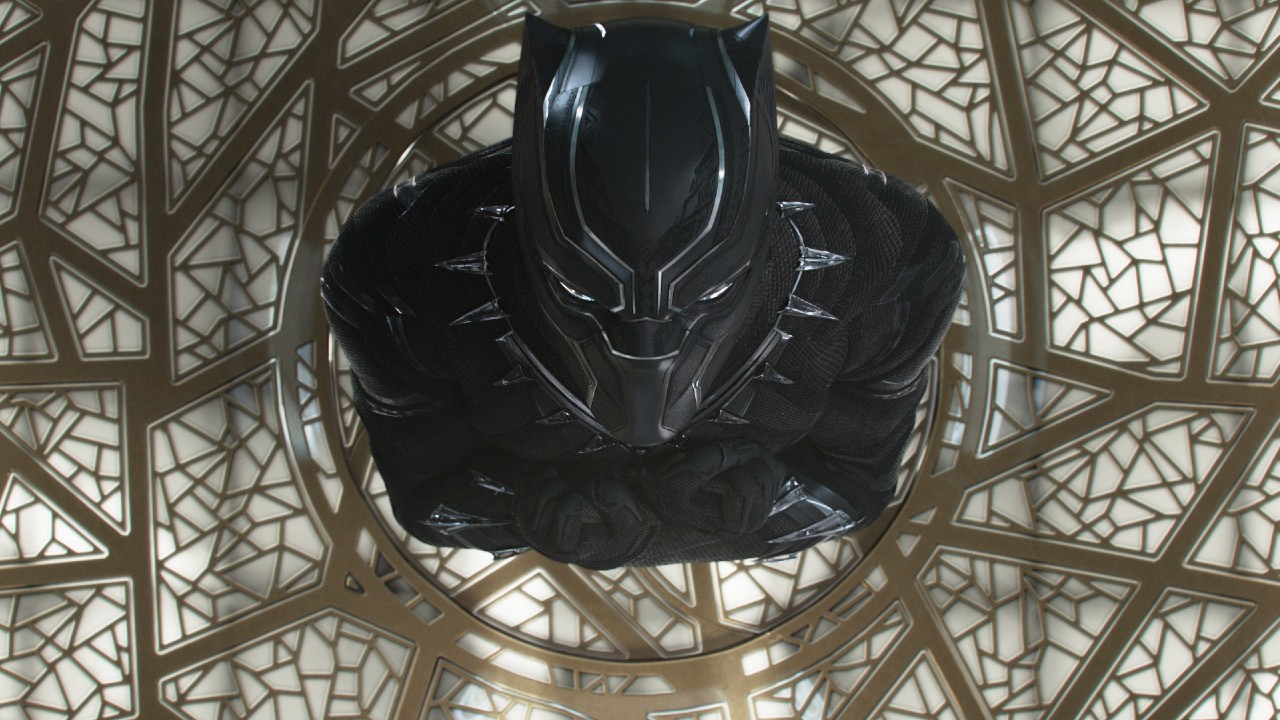
Black Panther (Set in 2016)
While there were four Marvel movies released between Captain America: Civil War and Black Panther, the latter is much closer on the timeline to the former than any other feature. With the 2016 blockbuster featuring the death of the Wakandan ruler T'Chaka, Black Panther is a film set in the aftermath as T'Challa returns home. While dealing with a challenge to the titular hero's throne from a previously-unknown cousin, the new film brings in a couple of familiar faces with Everett Ross, Ayo, and Ulysses Klaue, but mostly features new characters, including Ramonda (T'Challa's mother), Shuri (T'Challa's sister), Okoye, M'Baku, Nakia, W'Kabi, and Ayo.
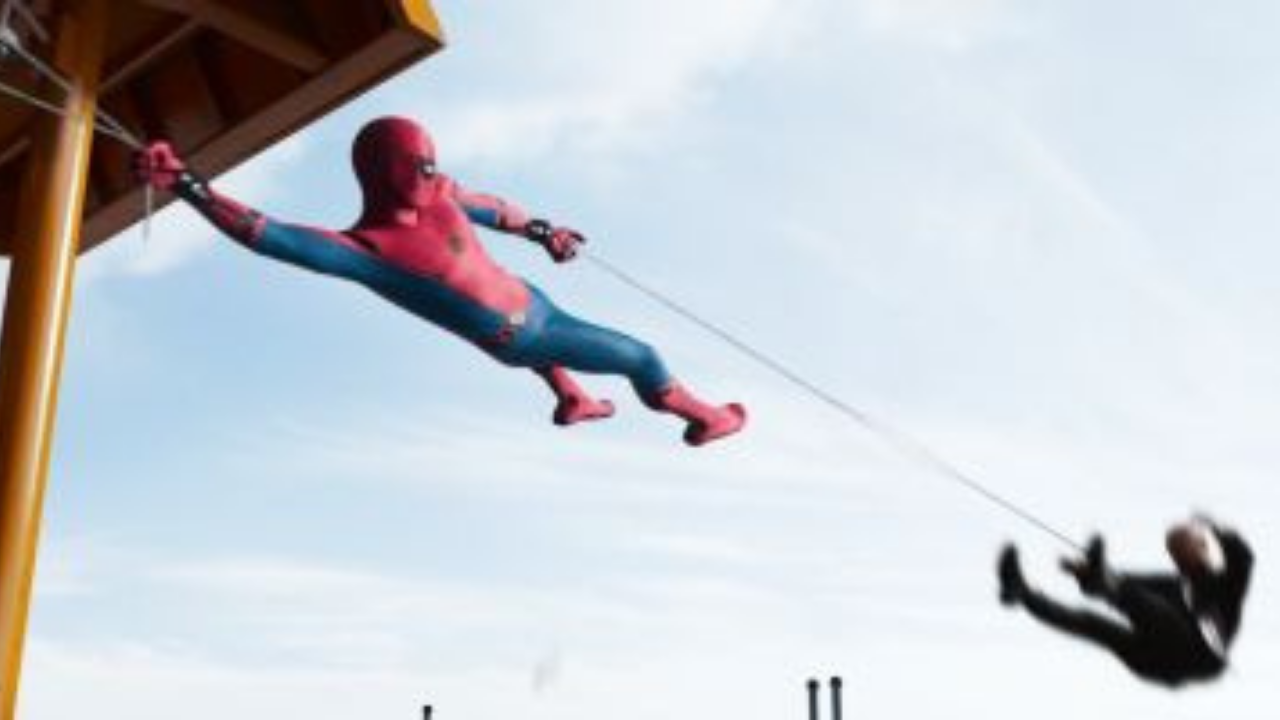
Spider-Man: Homecoming (Set in 2016)
Like Black Panther, Spider-Man: Homecoming is also very much set in the aftermath of Captain America: Civil War, but a little more time has passed in between the stories. While the plot has Peter Parker struggling to be the best Spider-Man he can be while operating under certain restrictions from Iron Man, the film also introduces audiences to all of the important people in the hero's life, including his classmates Ned Leeds, Flash Thompson, Michelle, a.k.a. M.J., and Betty Brant, and teachers like Mr. Harrington. May Parker also makes his second MCU appearance, while there is also a part to play for Happy Hogan, and a cameo from Pepper Potts.
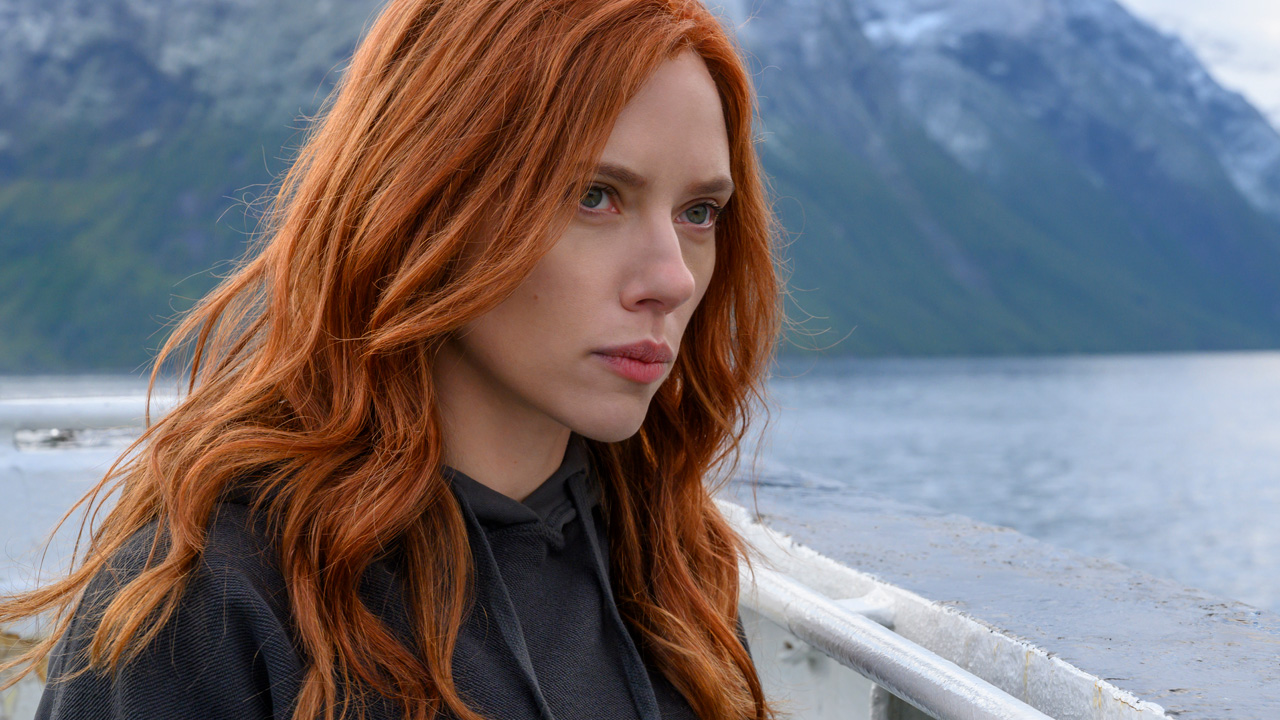
Black Widow (Set in 2016)
Cate Shortland's Black Widow may have been released as the first title in the Marvel Cinematic Universe's Phase Four, but it's a chapter that is still embedded amidst the various events that comprised the latter years of the Infinity Saga. While the blockbuster isn't set as close to the events of Captain America: Civil War as either Black Panther or Spider-Man: Homecoming, the plot is very much tied to that period – specifically in the sense that it picks up with the titular heroine on the run due to her disobeying the orders in the Sokovia Accords.
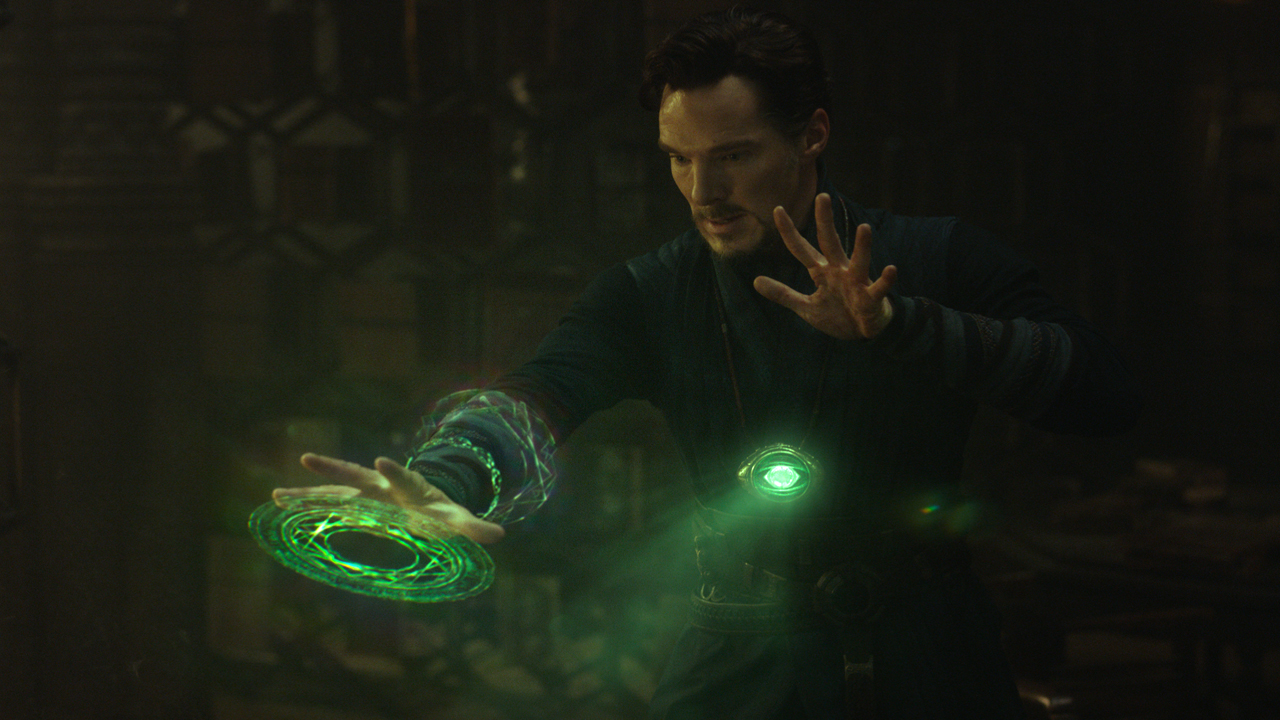
Doctor Strange (Set in 2016)
Dr. Stephen Strange gets specifically name dropped in Captain America: Civil War, but evidence suggests it's because of his advanced skills as a brain surgeon – not because he eventually becomes one of the most magically gifted individuals on Earth. On the Marvel Cinematic Universe timeline, Doctor Strange doesn't actually go through his whole origin story until after the events of both Black Panther and Spider-Man: Homecoming - which pins the start of his journey in late 2016. While watching him do so, though, audiences get to meet characters like Wong, the Ancient One, Mordo, Dr. Christine Palmer, and Dormammu, all of whom either already have important parts to play in the MCU, or surely soon will.
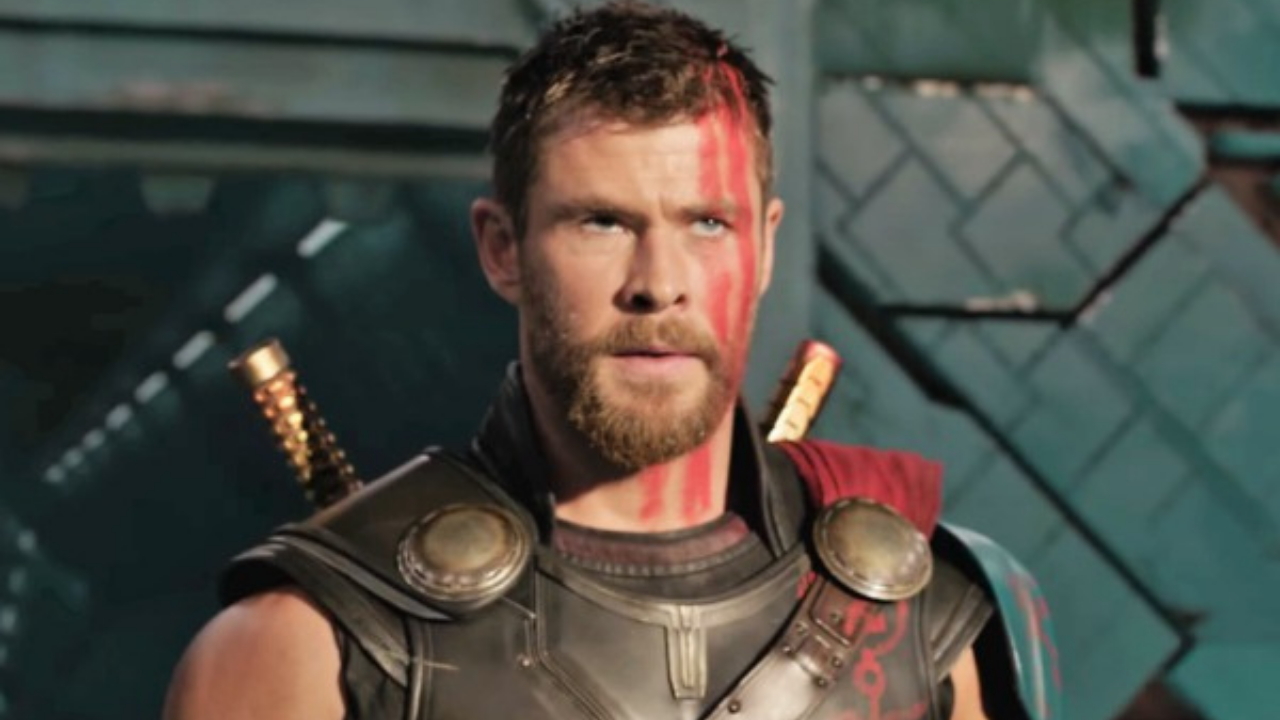
Thor: Ragnarok (Set in 2018)
Where Thor: Ragnarok sits on the Marvel Cinematic Universe timeline is most easily perceived by its proximity to Avengers: Infinity War – which is evident from the post-credits scene that directly ties into the massive blockbuster. Without any specific dates available, the best guess is that the bulk of the movie takes place in the year 2018, with the God of Thunder going on a wild adventure that sees him travel to a garbage planet while his sister, Hela, takes over Asgard. This movie is important to the canon in that it refreshes audiences on the whereabouts of Hulk, Loki, and Heimdall, while also showing the fates of the Warriors Three and Odin. There's also a fun supporting role played by Doctor Strange, who is shown to possess very skilled control over magiks, and the introduction of fun new players including Valkyrie, Korg, Meik, and The Grandmaster.
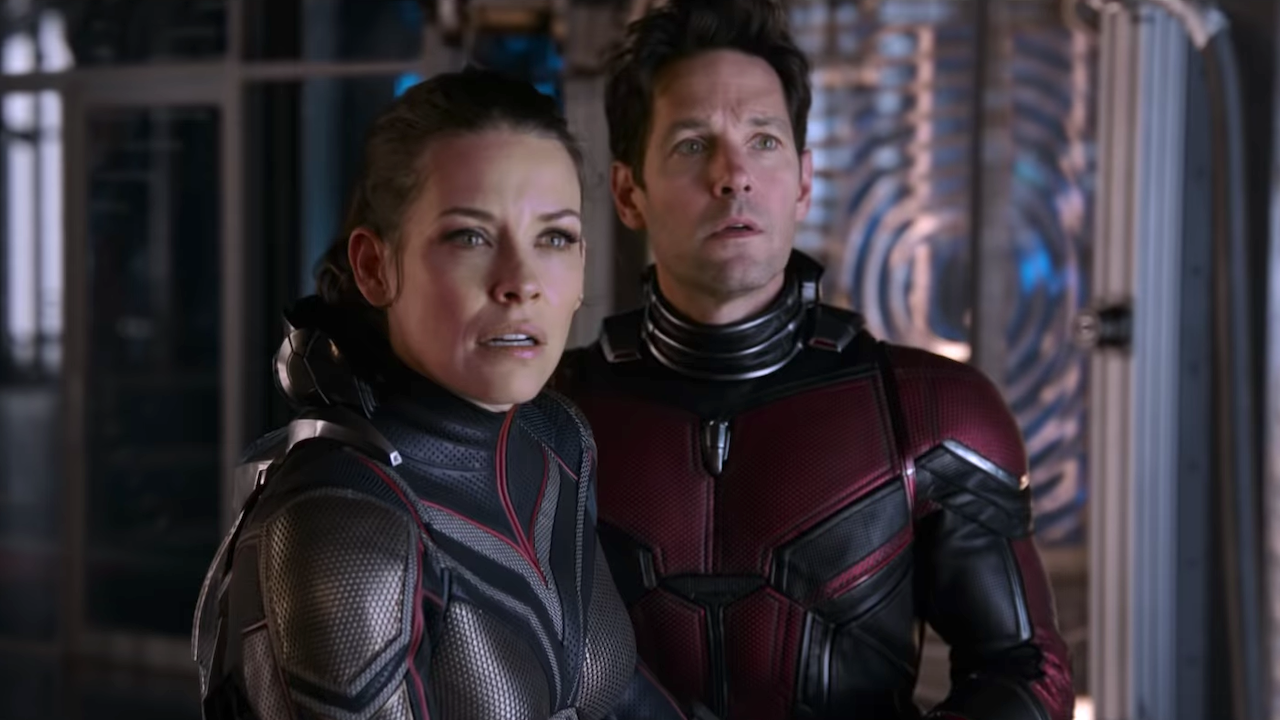
Ant-Man And The Wasp (Set in 2018)
Like Thor: Ragnarok, we know that Ant-Man And The Wasp takes place very close to the events of Avengers: Infinity War because of what is shown during the end credits (namely the effects of The Blip). However, because the story plays out over less time, and goes further into the future than the third God of Thunder film, we're putting it next chronologically. While tracing a plot that finds its main characters working to rescue the long-missing Janet van Dyne, this movie catches fans up with all the key Ant-Man players, including Scott Lang, Hope Van Dyne (who finally becomes Wasp), Hank Pym, Luis, Kurt, Dave, Paxton, and Cassie and Maggie Lang.
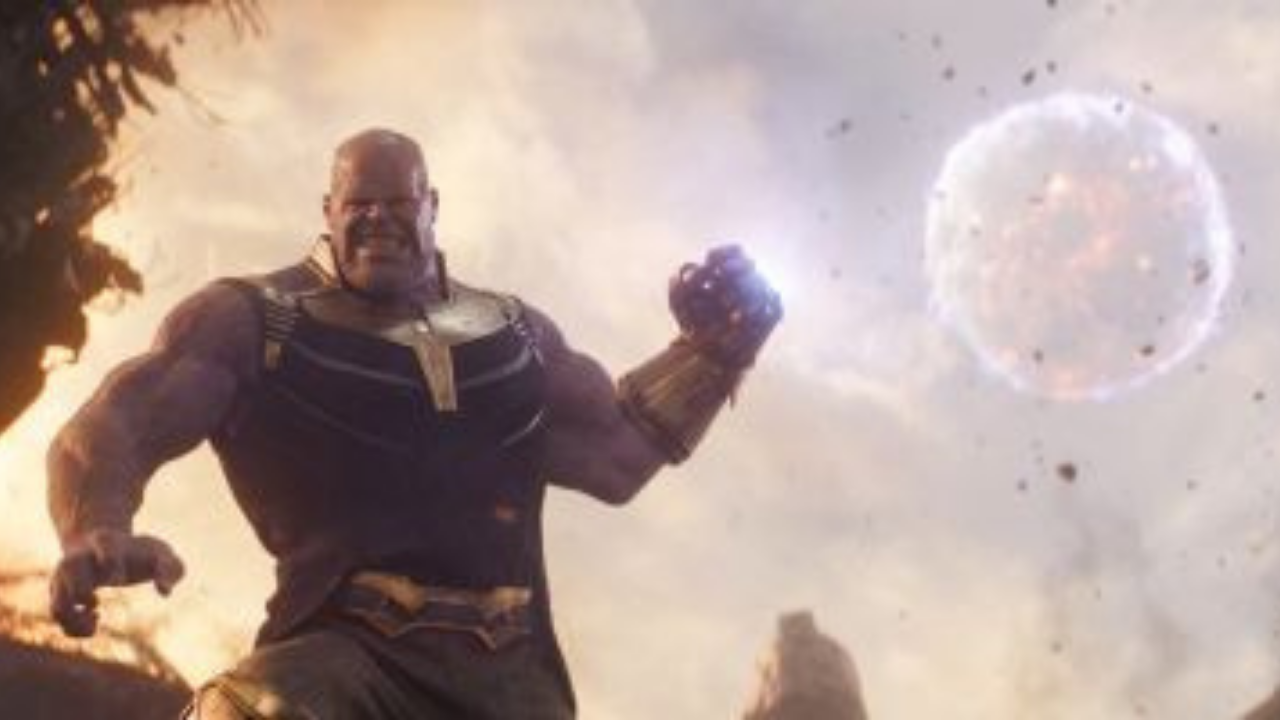
Avengers: Infinity War (Set in 2018)
Taking place in the spring of 2018, Avengers: Infinity War plays out the first chapter in a two-part saga that Marvel Studios planned over the course of more than a decade. Following Thanos' journey to collect all six of the Infinity Stones, the film features far too many characters to list here… and at the end of the day winds up killing approximately half of them.
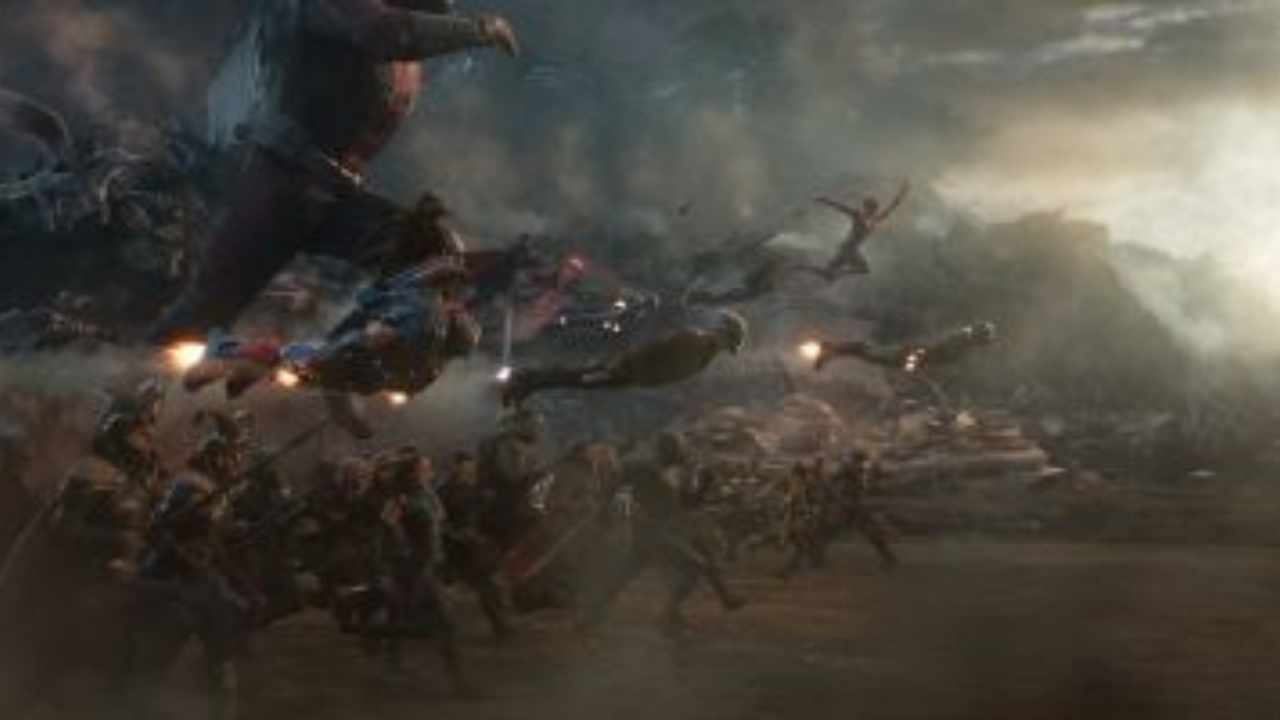
Avengers: Endgame (Set in 2023)
As for Avengers: Endgame, the most significant events of the blockbuster take place in the year 2023, five years after the devastating ending of Avengers: Infinity War… but it's also a hard title to specifically put on a timeline specifically because of the time travel antics that are featured. To get into all of the details here would be a touch too confusing, not to mention the crazy number of heroes and villains who appear, but the fact that the movie jumps the MCU canon into the near future is really the big takeaway from a timeline perspective.

WandaVision (Set in 2023)
The Marvel Cinematic Universe entered a new era with the release of WandaVision, not only because it's the first title in Phase 4, but also because it's the franchise's first Disney+ series. It's also an interesting story to consider in the Marvel timeline, as it's actually set between the events of Avengers: Endgame and Spider-Man: Far From Home. It's specifically said in dialogue on the show that the plot really begins about three weeks after the final battle against Thanos, and head writer Jac Schaeffer has confirmed that the events that play out happen over the course of about a week.
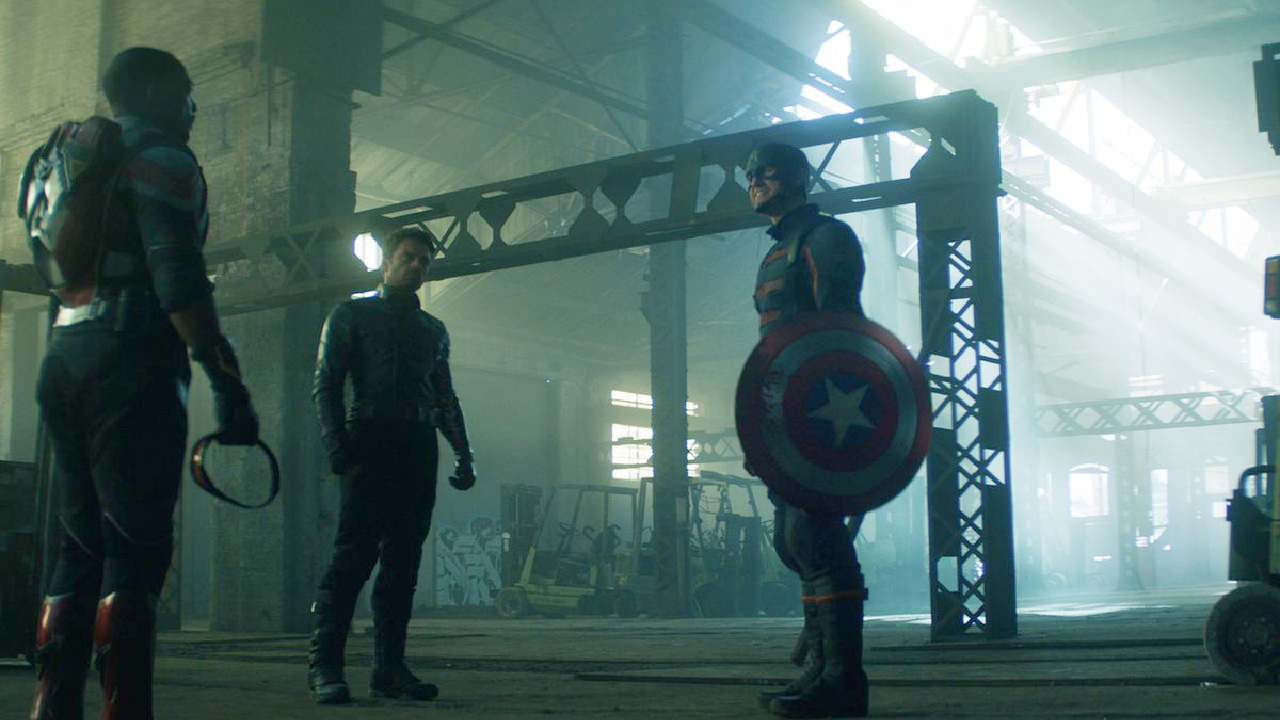
The Falcon And The Winter Soldier (Set in 2024)
Beyond being clearly set in the aftermath of Avengers: Endgame, The Falcon And The Winter Soldier Disney+ series doesn't really provide too many anchors regarding where it sits in the timeline, but given the featured animosity regarding political restructuring after The Blip, it seems fair to say that a few months have past, putting it after the events of WandaVision.
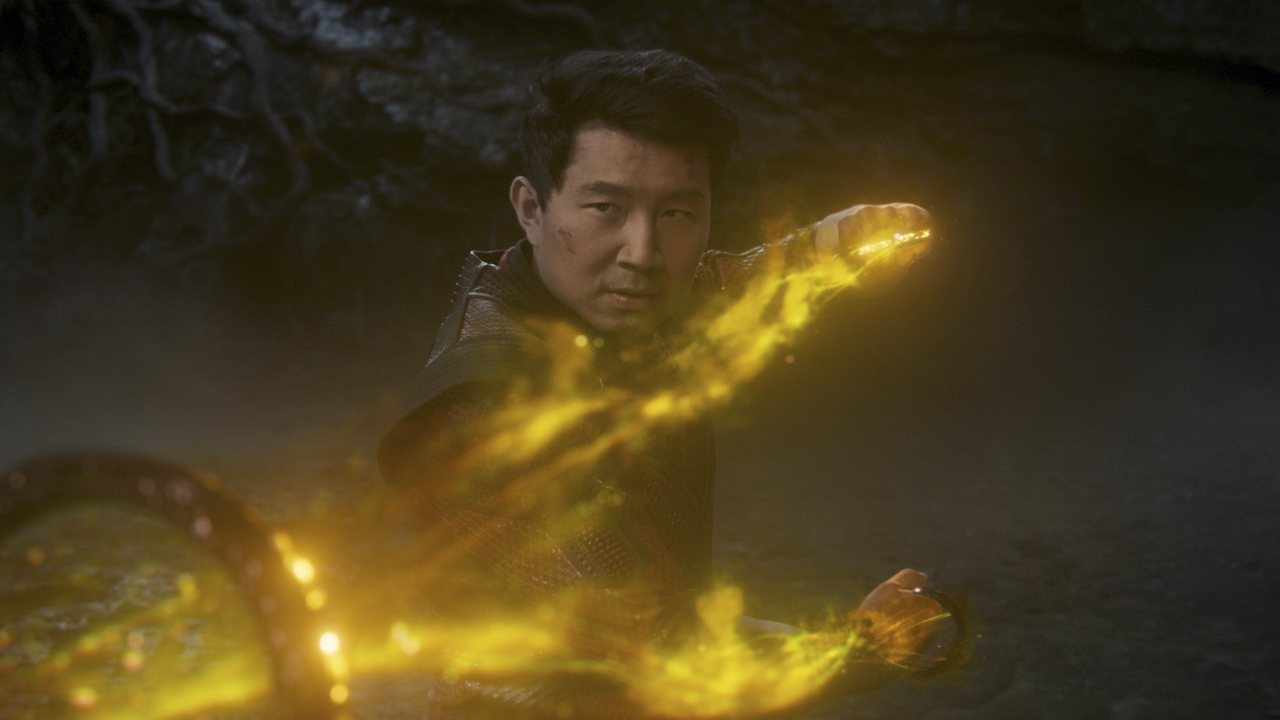
Shang-Chi And The Legend Of The Ten Rings (Set In Spring 2024)
Thanks to its central antagonist having lived for a millenia Shang-Chi And The Legend Of The Ten Rings is a movie that features scenes that go way back in the history of the Marvel Cinematic Universe – but the vast majority is set in "present" (by which I mean the near future). It's not easy to pinpoint exactly when the events of the film occur in relation to Avengers: Endgame, but there is a moment when Wenwu says that the portal to the mystical world of Ta Lo will be open during the Chinese holiday Qingming Jie, which is celebrated in the spring.
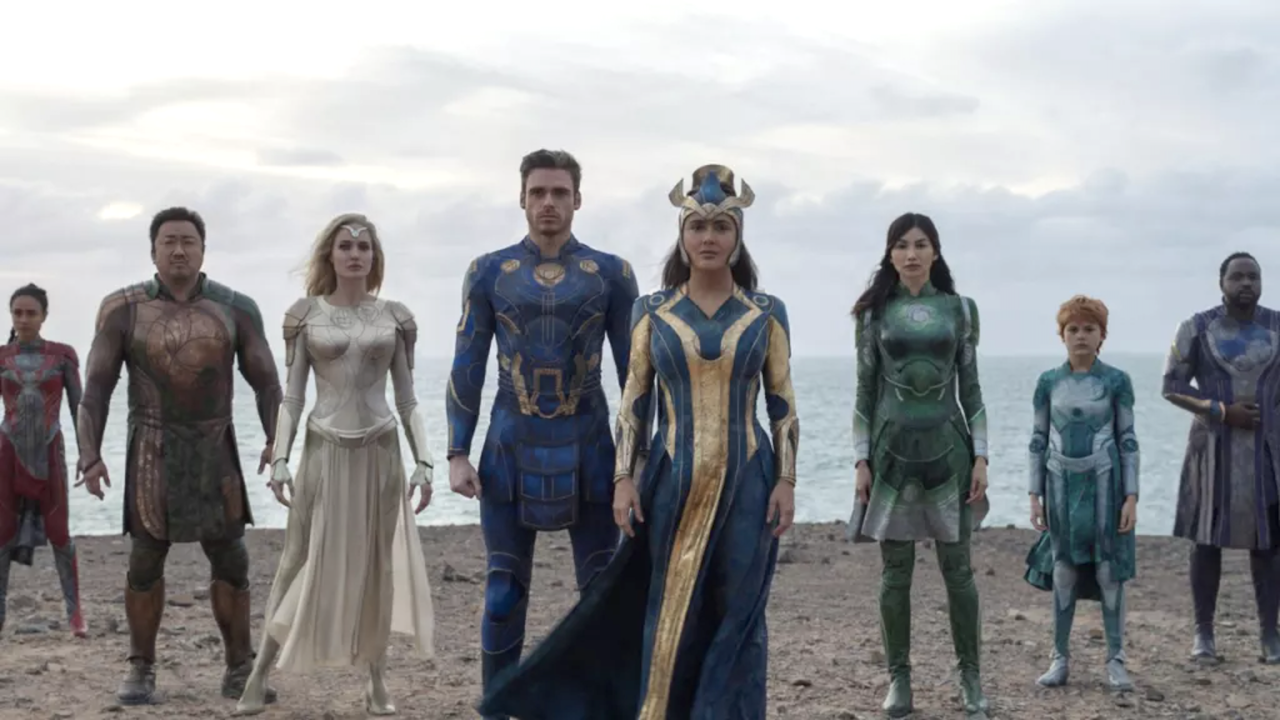
Eternals (Set in 2024)
While many Marvel movies have featured flashbacks that are set centuries in the past, Eternals is a special case in that it goes back a remarkable 7,000 years in history, chronicling its characters' journey shepherding human society. That being said, the bulk of the action takes place in the post-Blip "present," and while there aren't really any specific seasonal markers it feels safe to line it up in release order and say that events transpire around the time or after what happens in Shang-Chi And The Legend Of The Ten Rings.
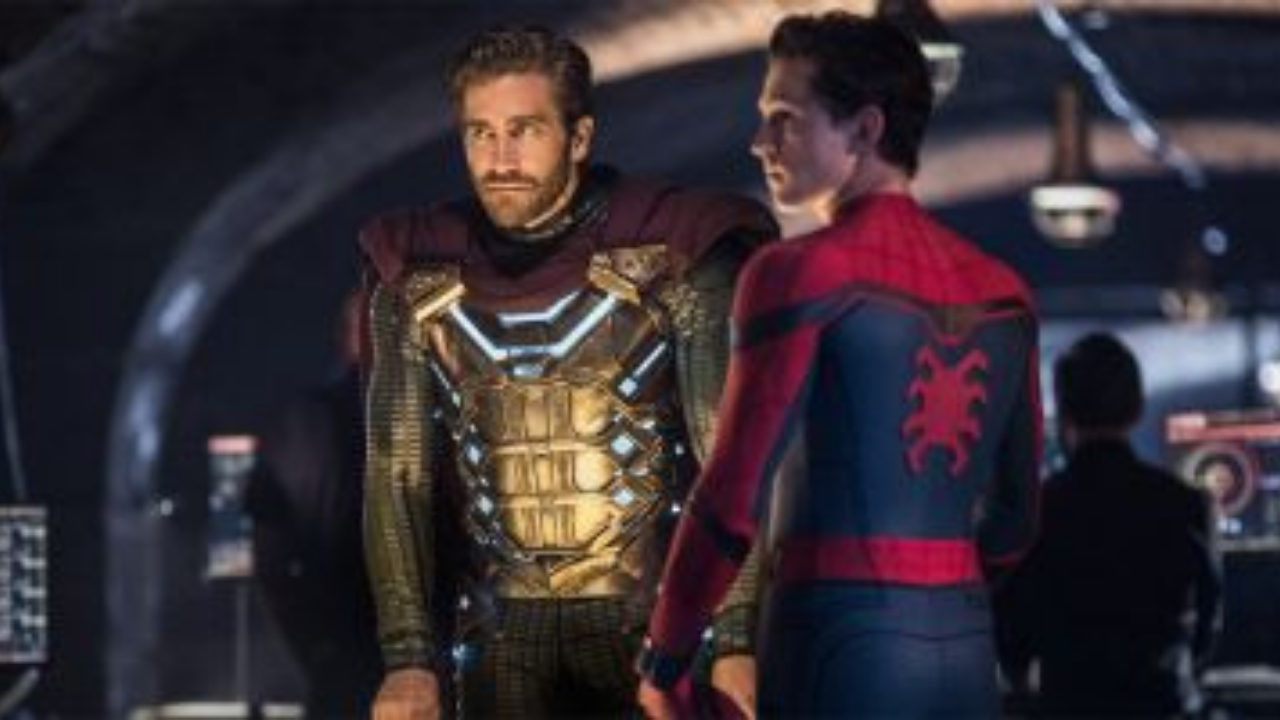
Spider-Man: Far From Home (Set in Summer 2024)
Although Spider-Man: Far From Home was the first MCU film released in the aftermath of Avengers: Endgame – evidence suggests that it takes place after a number of the films and shows that followed it. The set up of the story suggests it takes place in the summer of 2024. The fact that Tony Stark is dead still weighs heavily on the minds of characters in this story, but once again we get to reconnect with the important people in Peter Parker's circle, including Ned Leeds, Flash Thompson, M.J., Betty Brant, Mr. Harrington, May Parker, Happy Hogan. And to bring things full circle, we even get new appearances from both Talos and Nick Fury, who we learn are working together on a mysterious mission (perhaps a response to the events that transpire in Eternals?).
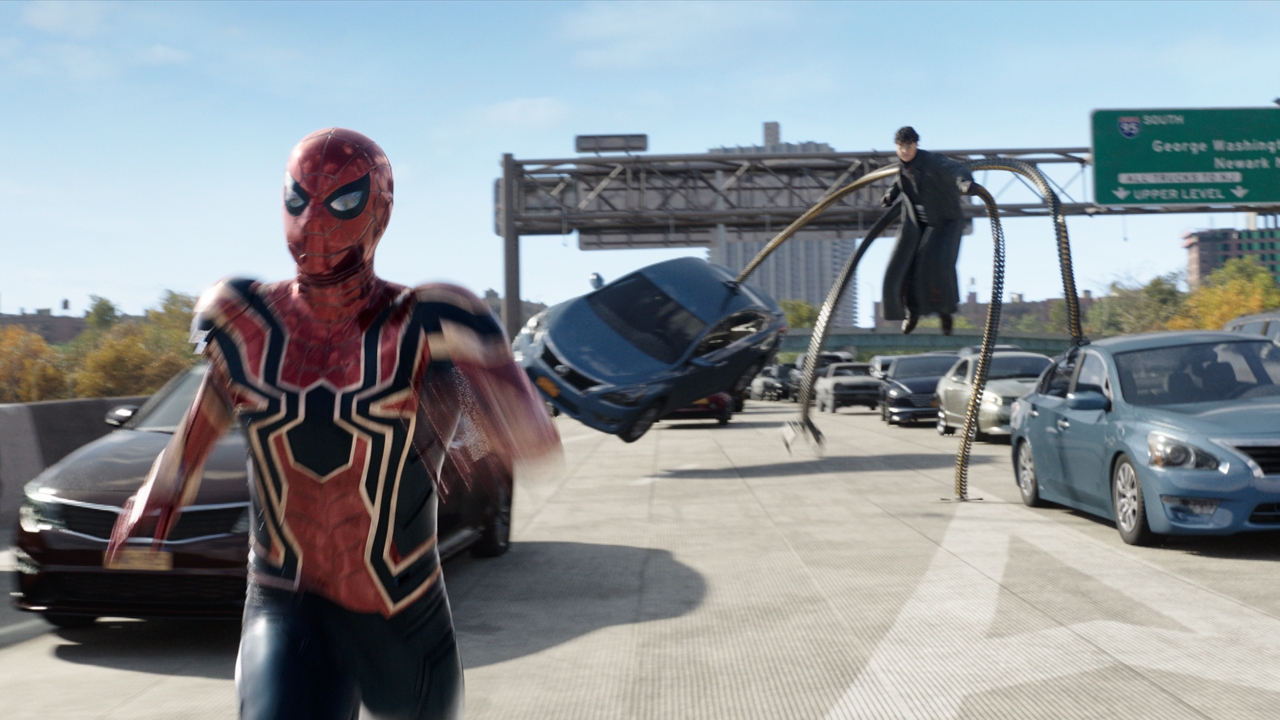
Spider-Man: No Way Home (Set in Fall 2024)
Given the cliffhanger ending of Spider-Man: Far From Home, with J. Jonah Jameson and Mysterio revealing the web-slinger's secret identity to the world, Spider-Man: No Way Home had to be set in the immediate aftermath – and it delivers. It's made clear that the story is set in the immediate aftermath of Halloween (given that MJ's boss at the coffee shop requesting that decorations be taken down), and the narrative doesn't unfold over a great deal of time.
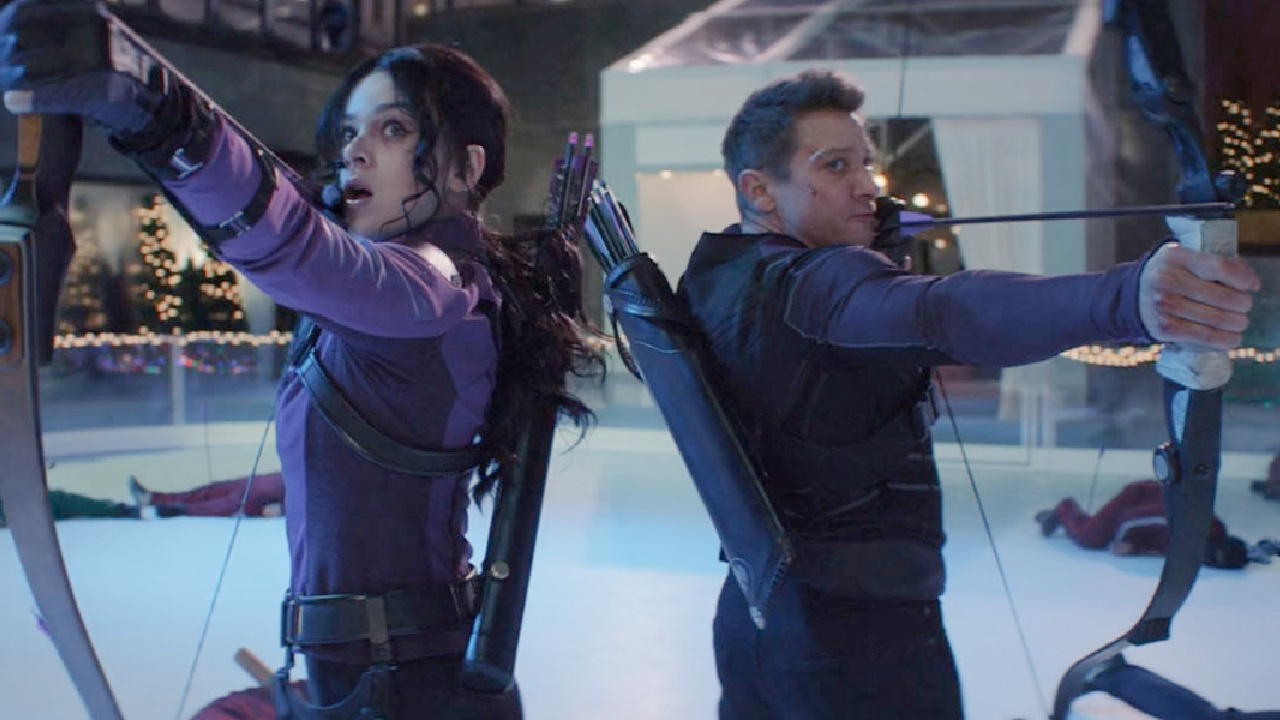
Hawkeye (Set in December 2024)
If you look closely in Spider-Man: No Way Home, you can see billboards for Rogers: The musical, a fictional Broadway production that is more prominently featured inHawkeye. With the blockbuster ending in November 2024, it's logical that the the Disney+ series is set in December of the same year – and specifically around Christmas.
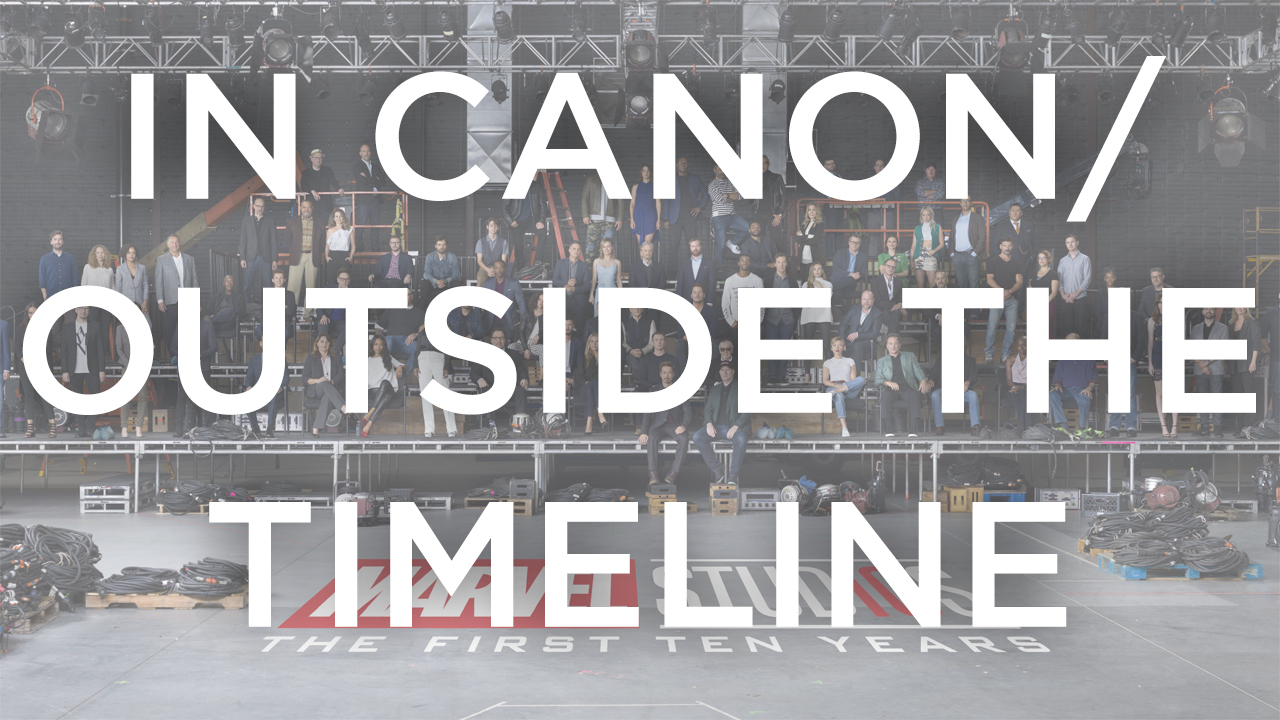
In Canon/Outside Of The Timeline
Intense as it already is to keep track of everything in the Marvel Cinematic Universe, things are getting even more complicated. As the franchise dives into the concept of the multiverse, new stories are being told that are still part of the larger canon, but also exist outside of the timeline detailed above. Allow me to explain...
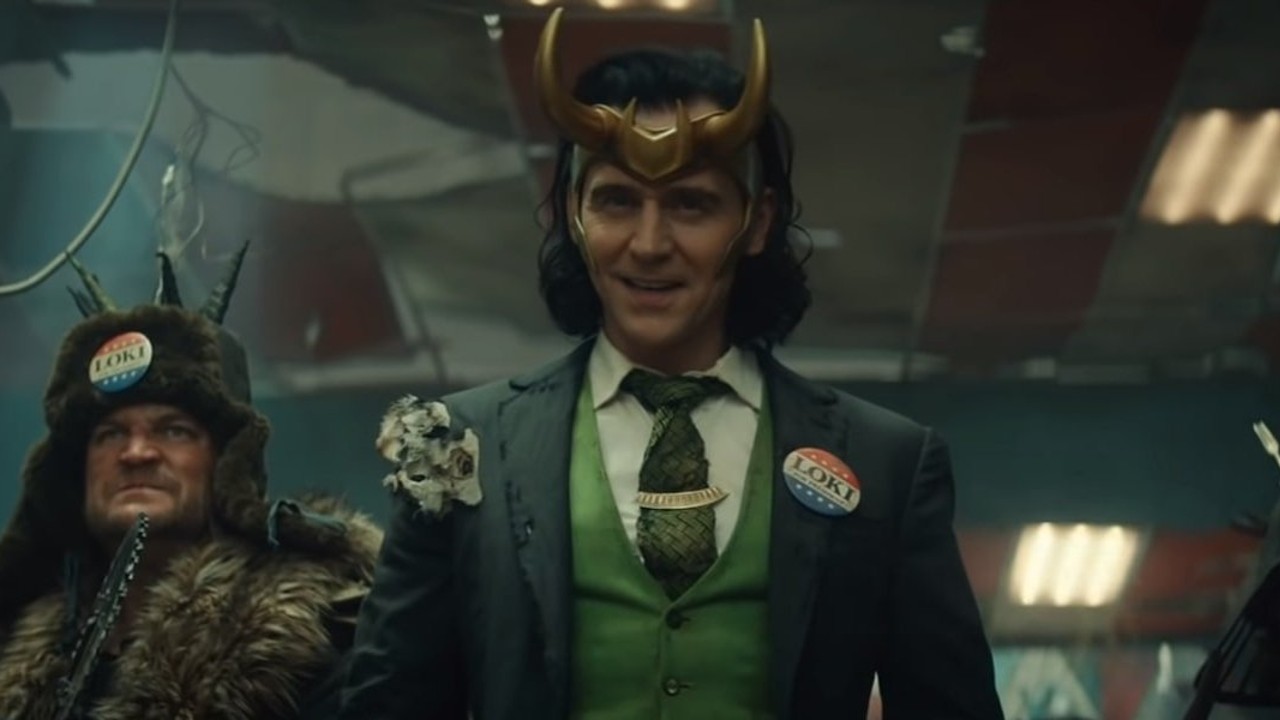
Loki
Technically a spin-off from Avengers: Endgame, the Disney+ series Loki chronicles the version of the titular God of Mischief who managed to escape from the grasp of the Avengers thanks to a misplaced Tesseract. Having messed with the time stream, he is arrested as a Variant by the Time Variance Authority – and when he is brought to their headquarters, he finds himself in a location that exists outside of normal time and space. It doesn't really fit on the chronological timeline, but it is at the very least best watched only after the aforementioned 2019 blockbuster.
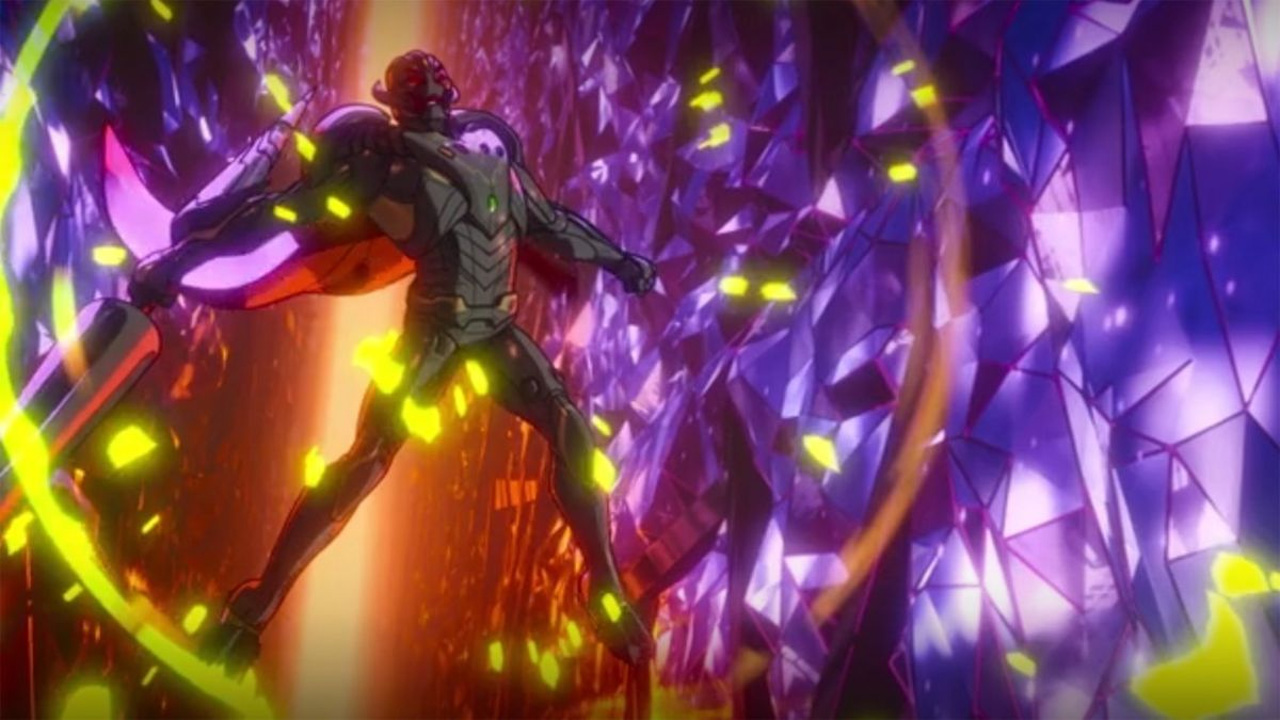
What If
Debuting on Disney+ in summer 2021, What If is a series that is developed by Marvel Studios that exclusively focuses on stories that play out on alternate timelines that are similar to the events featured in the Marvel Cinematic Universe... but with special changes altering everything. What if Peggy Carter had gotten the super soldier serum instead of Steve Rogers? What if the Ravagers kidnapped T'Challa instead of Peter Quill? What if Ant-Man and Wasp accidentally unleashed a zombie plague from the Quantum Realm? All those stories and more are told in this multiverse-centric animated series.
All of that is certainly a lot of information to process, so to help sort it out even further, we've also designed this infographic with the chronological timeline of the Marvel Cinematic Universe, including which movies introduce which key characters and feature appearances from Infinity Stones:

No matter the order in which you decide to watch the films (most of which are movies on Disney+, one thing that's for certain is the fact that the Marvel Cinematic Universe has spun an epic big screen story so far in its decade-plus existence – and it's not stopping any time soon. To learn about everything that is set to arrive on both the big screen and the small screen from the comic book franchise, head on over to our Upcoming Marvel Movies and Upcoming Marvel TV guides.
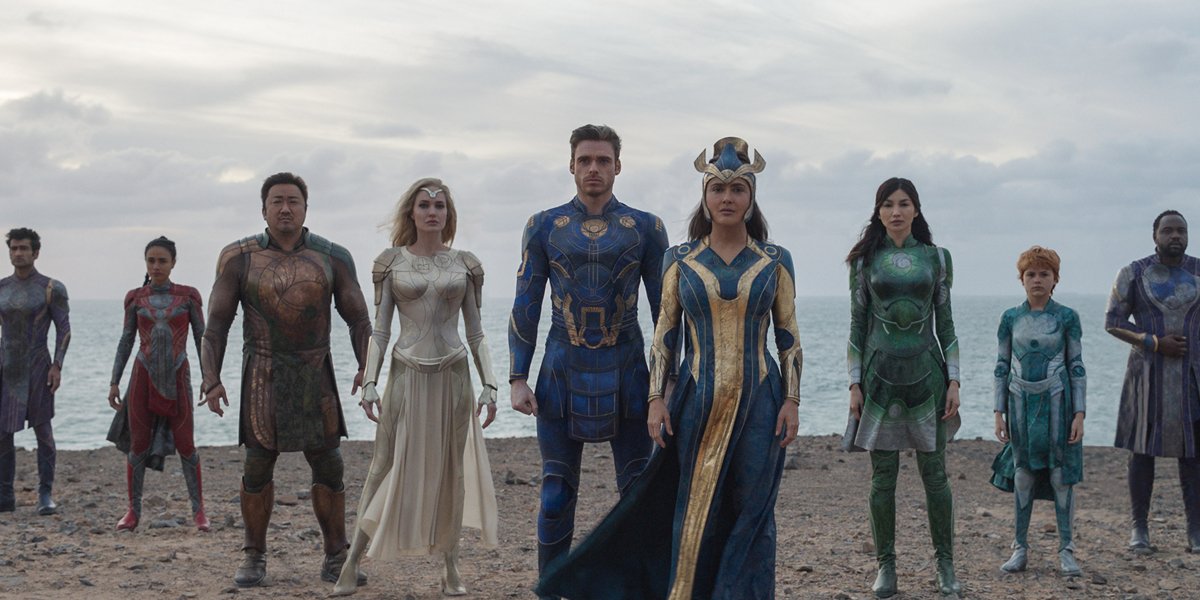
NJ native who calls LA home; lives in a Dreamatorium. A decade-plus CinemaBlend veteran; endlessly enthusiastic about the career he's dreamt of since seventh grade.
Source: https://www.cinemablend.com/news/2467680/a-marvel-movies-timeline-to-watch-from-beginning-to-endgame
0 Response to "I Will Never Watch Marvel Movie Ever Again"
Post a Comment